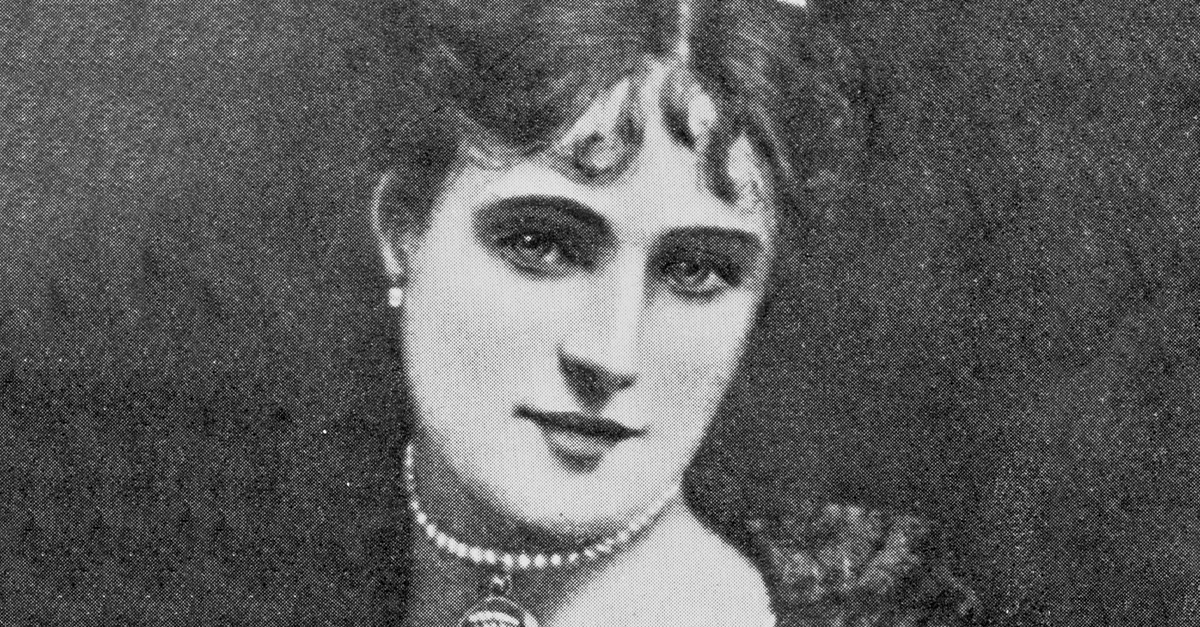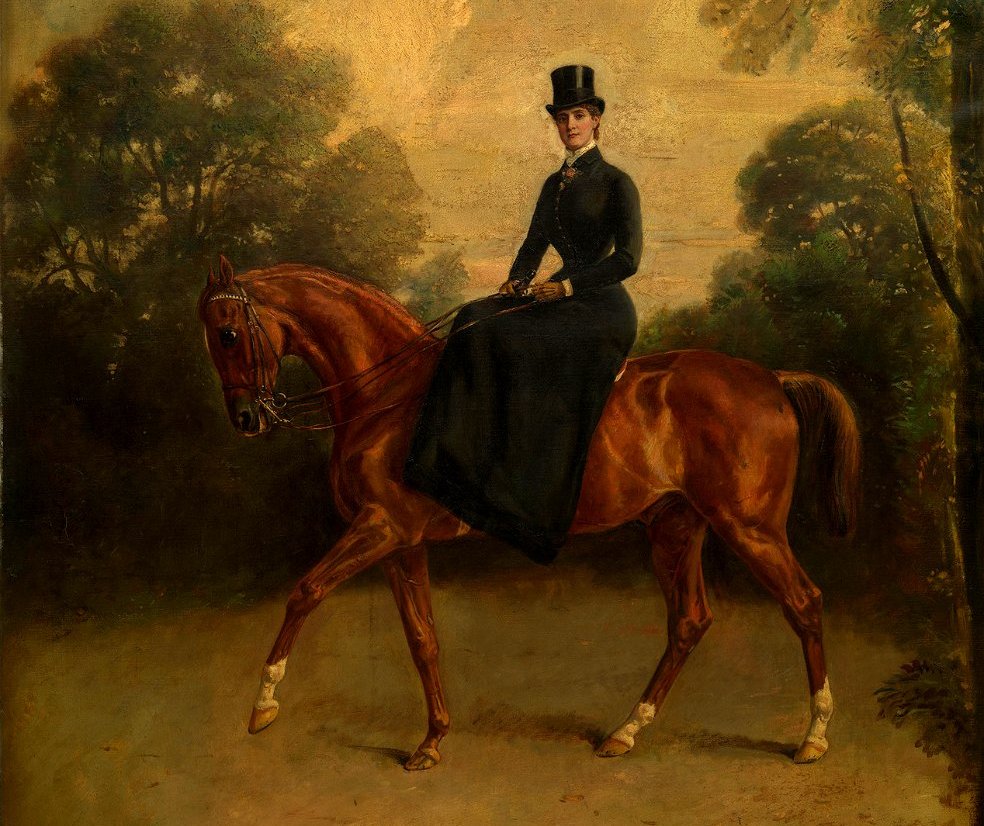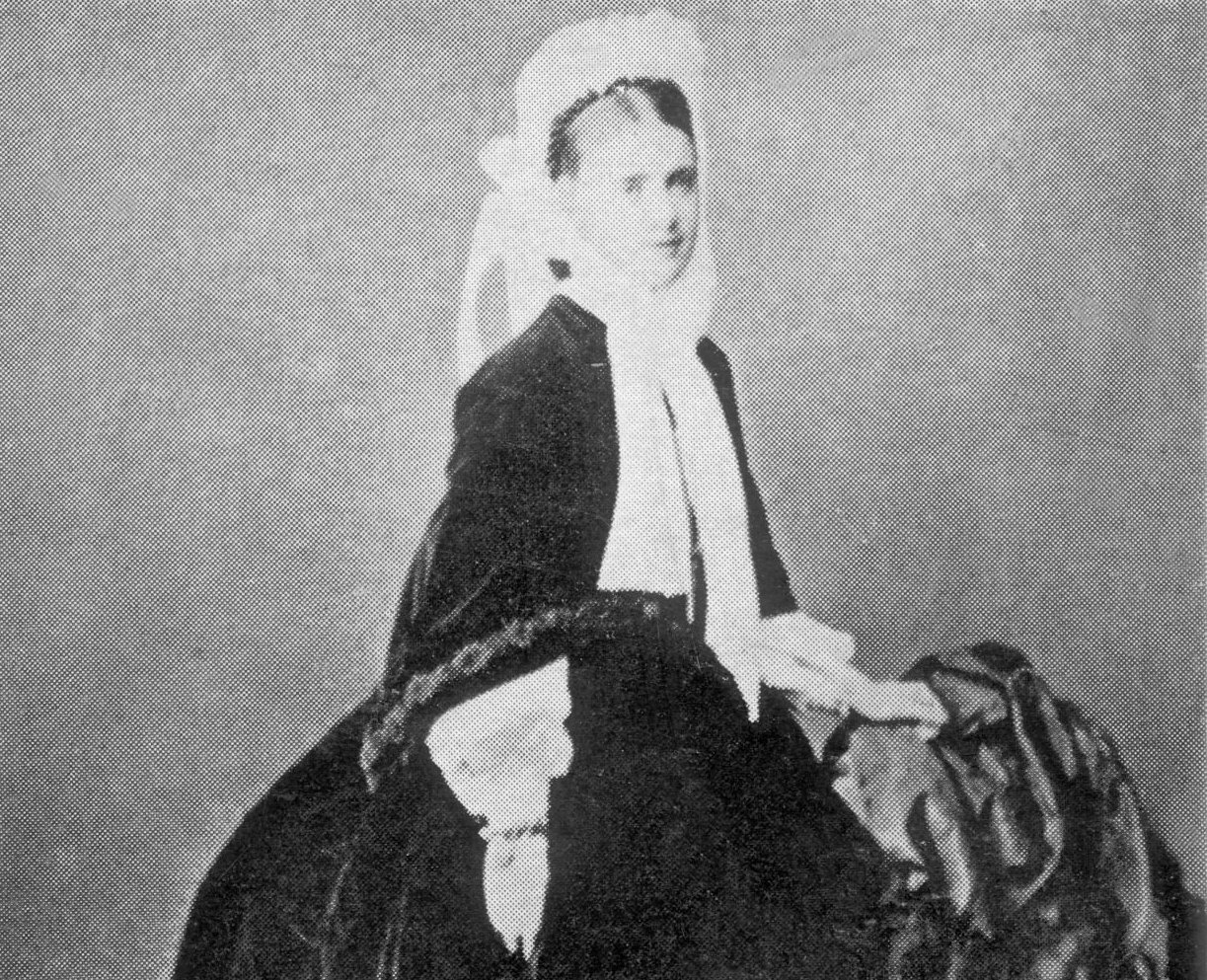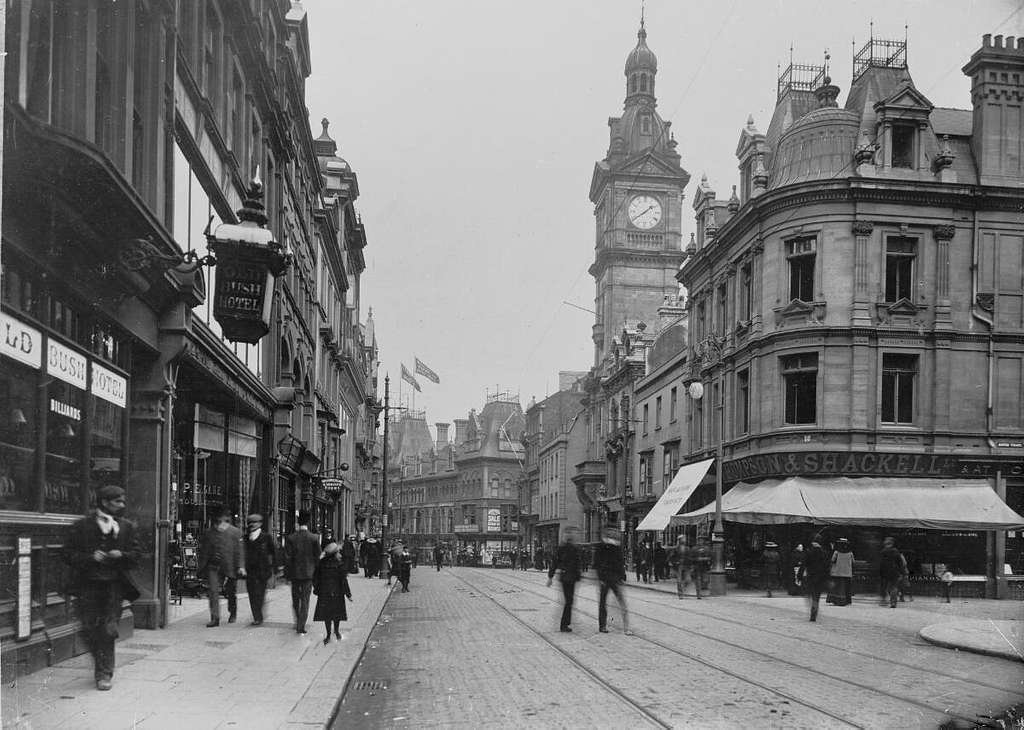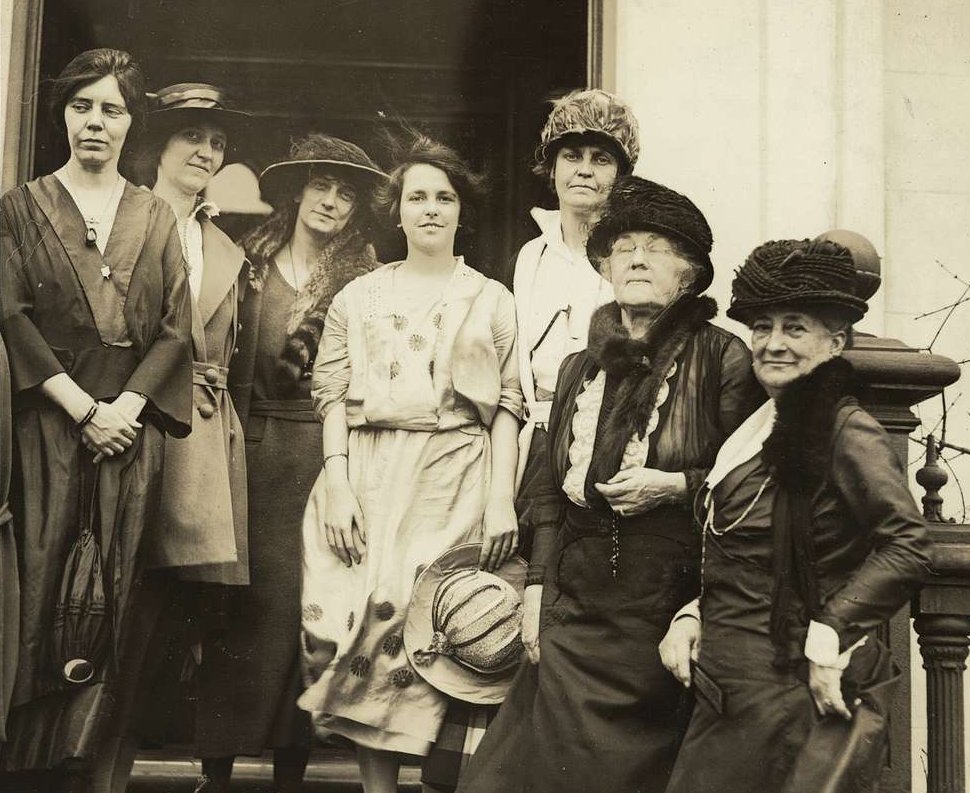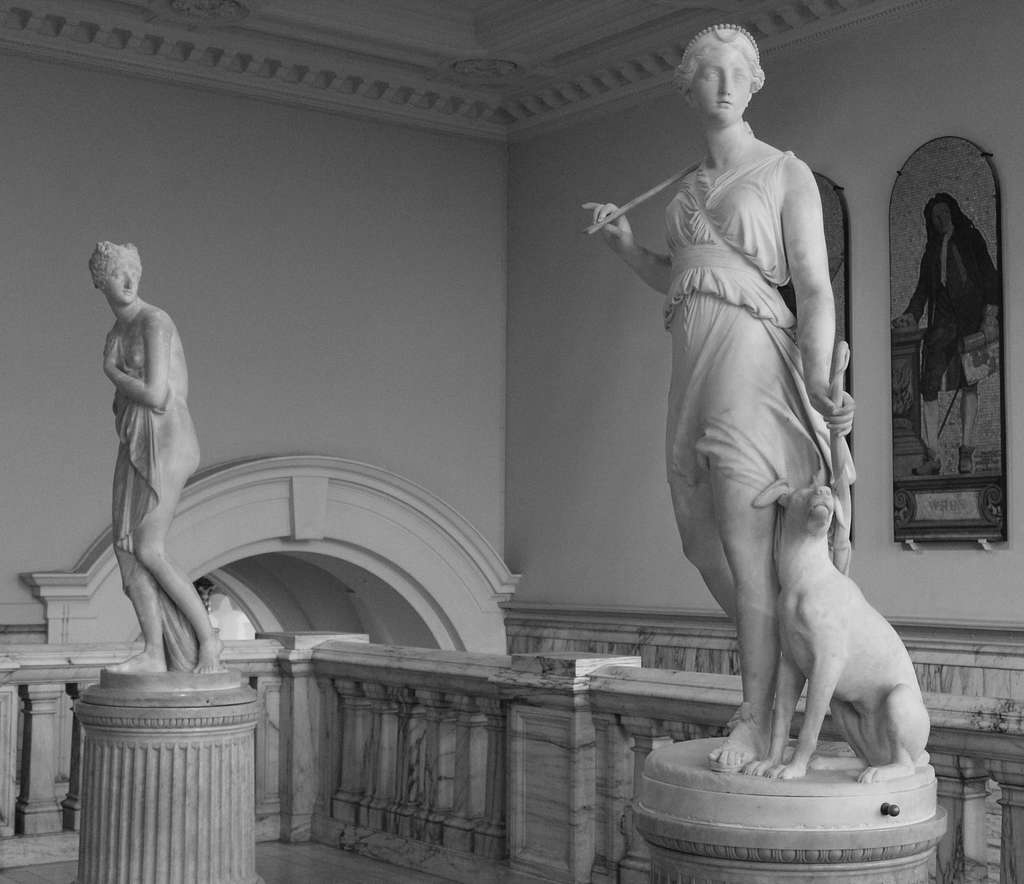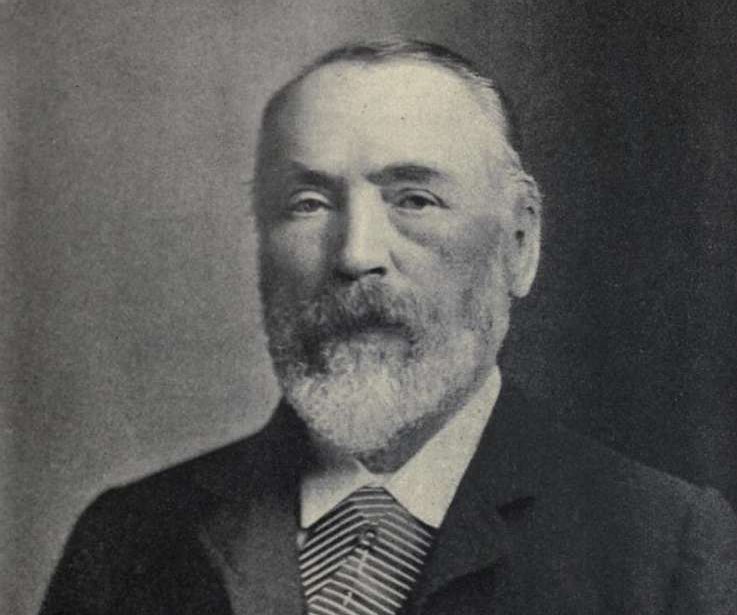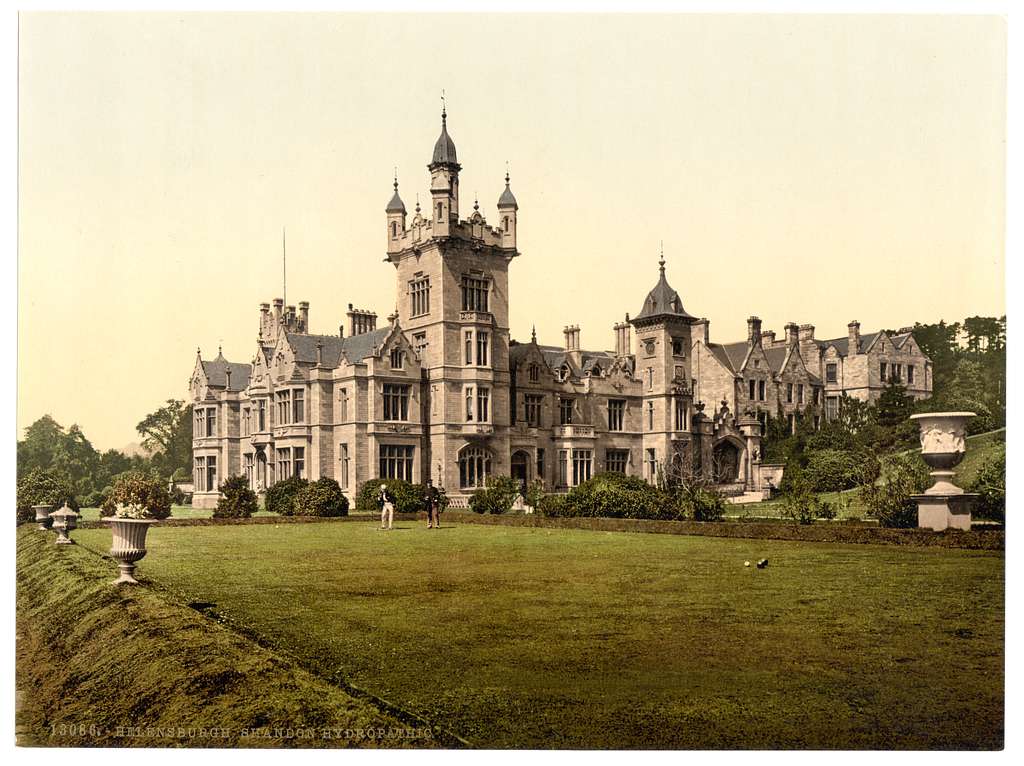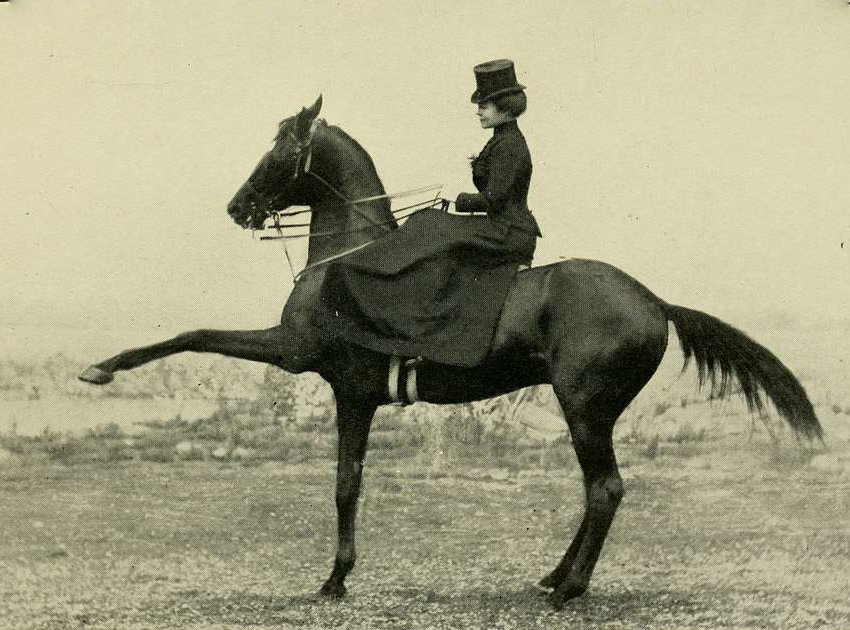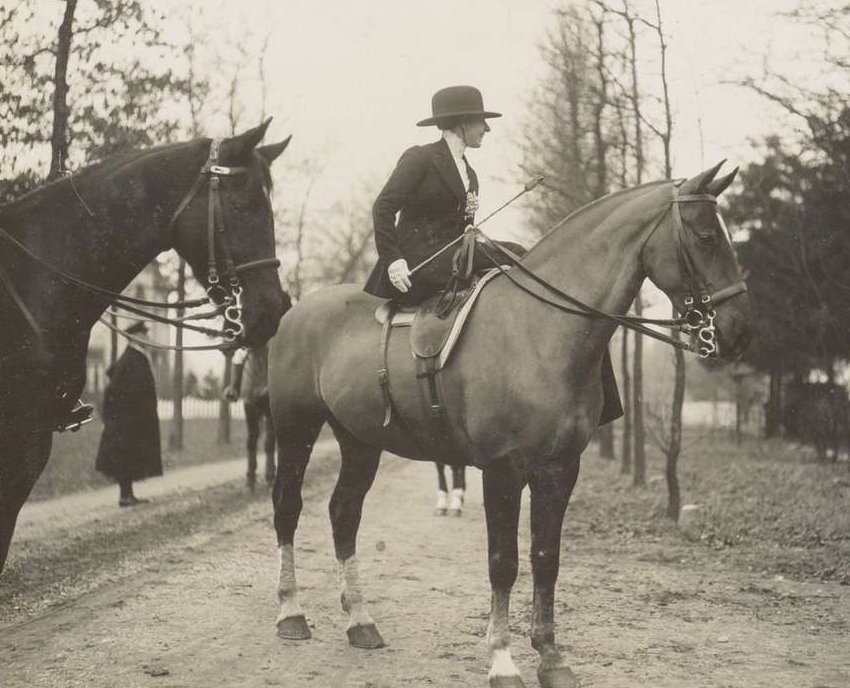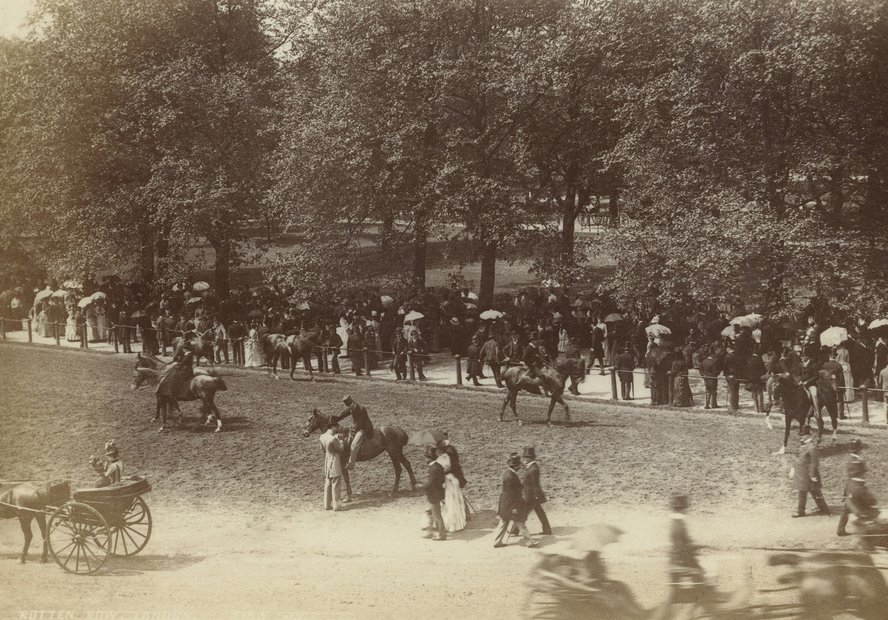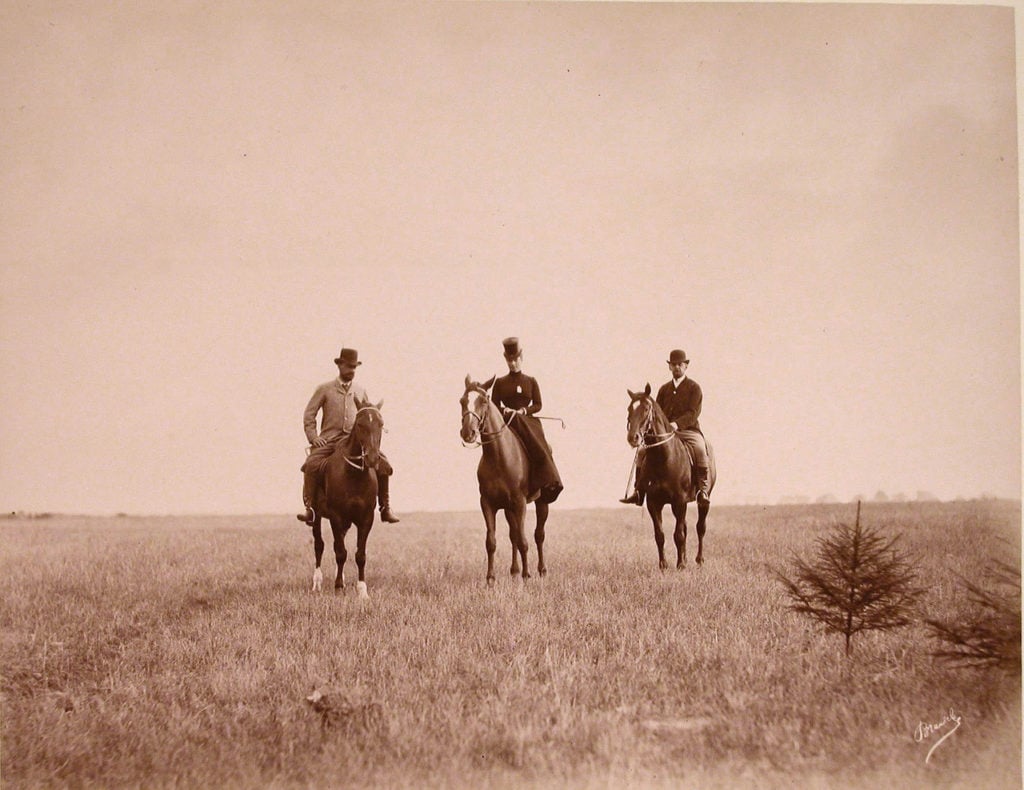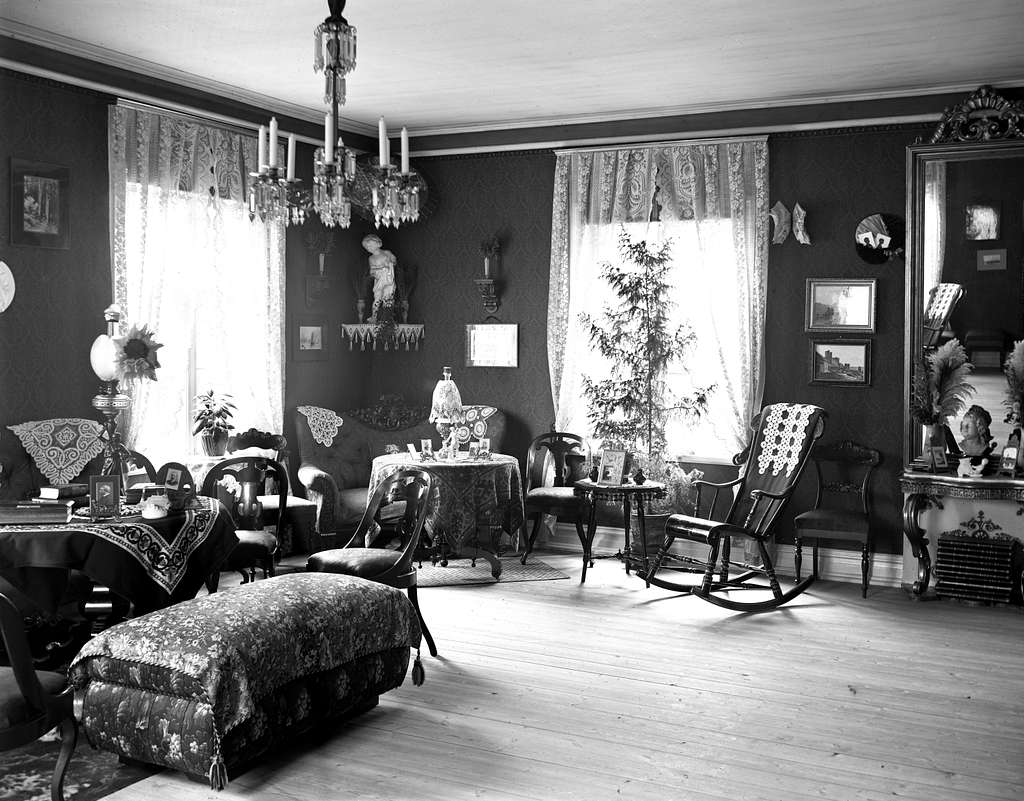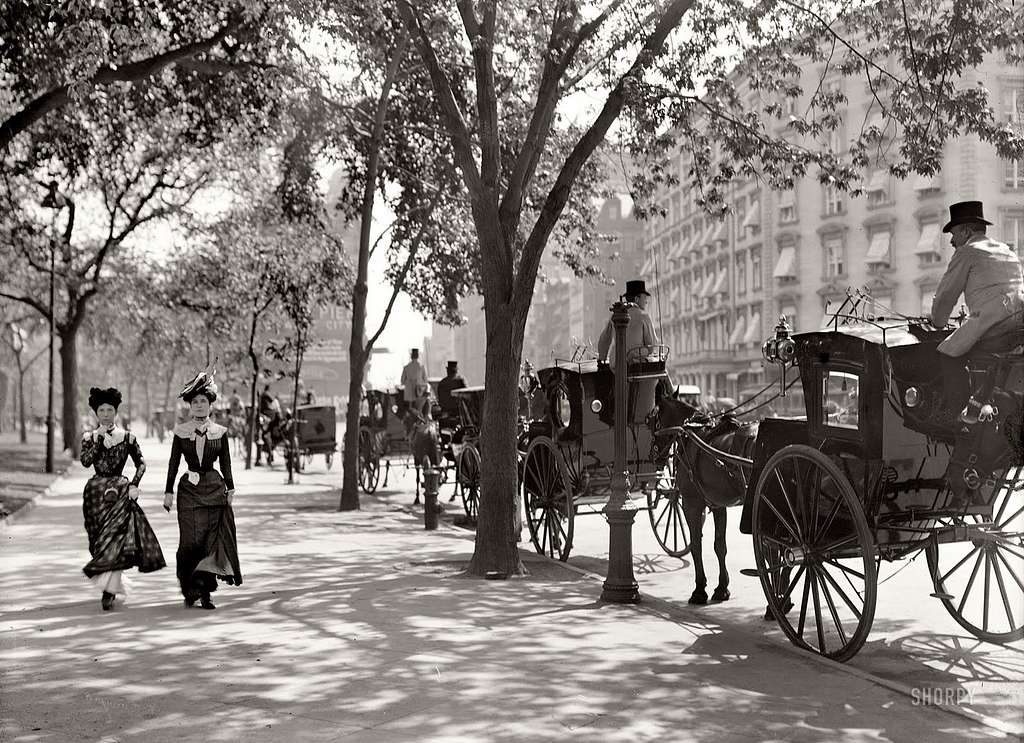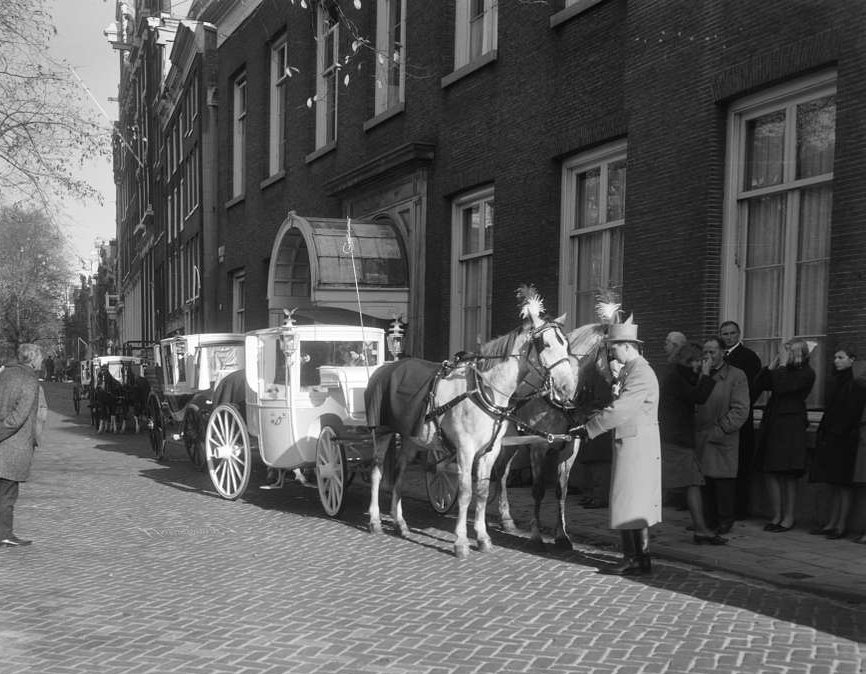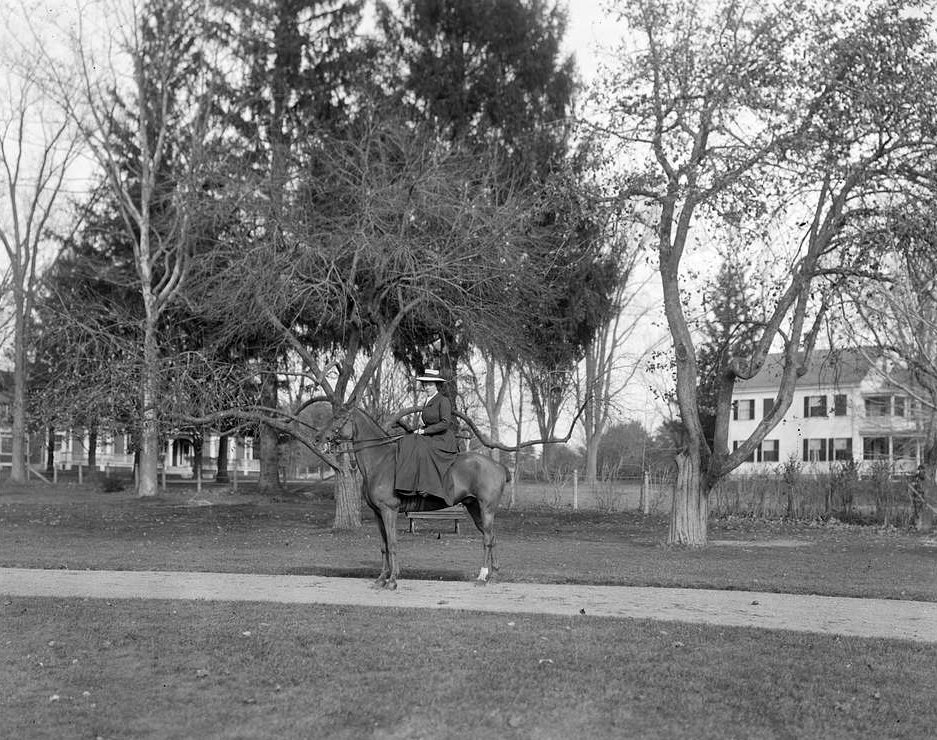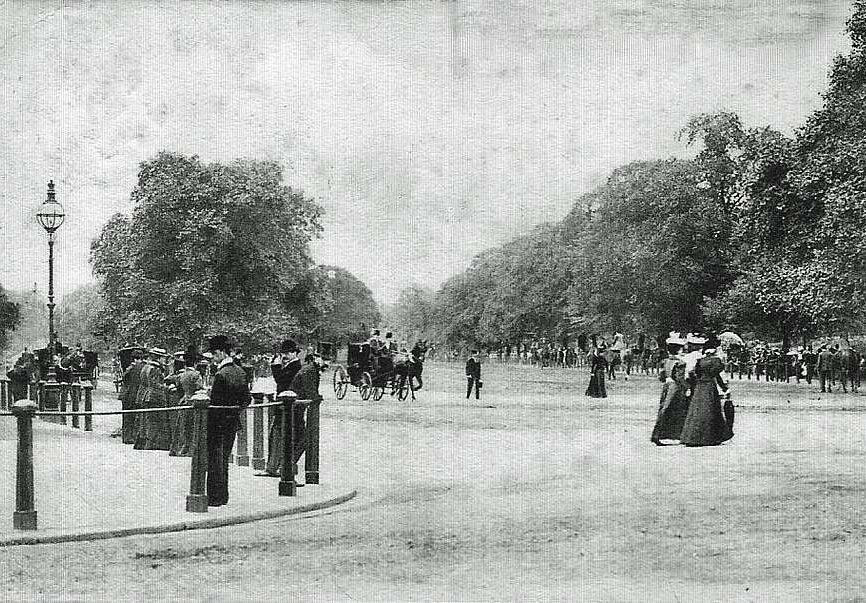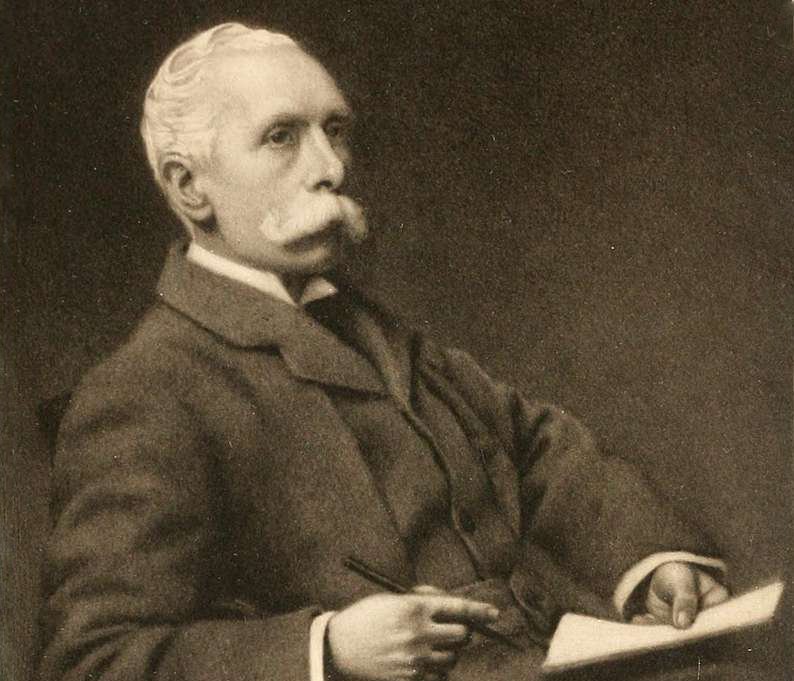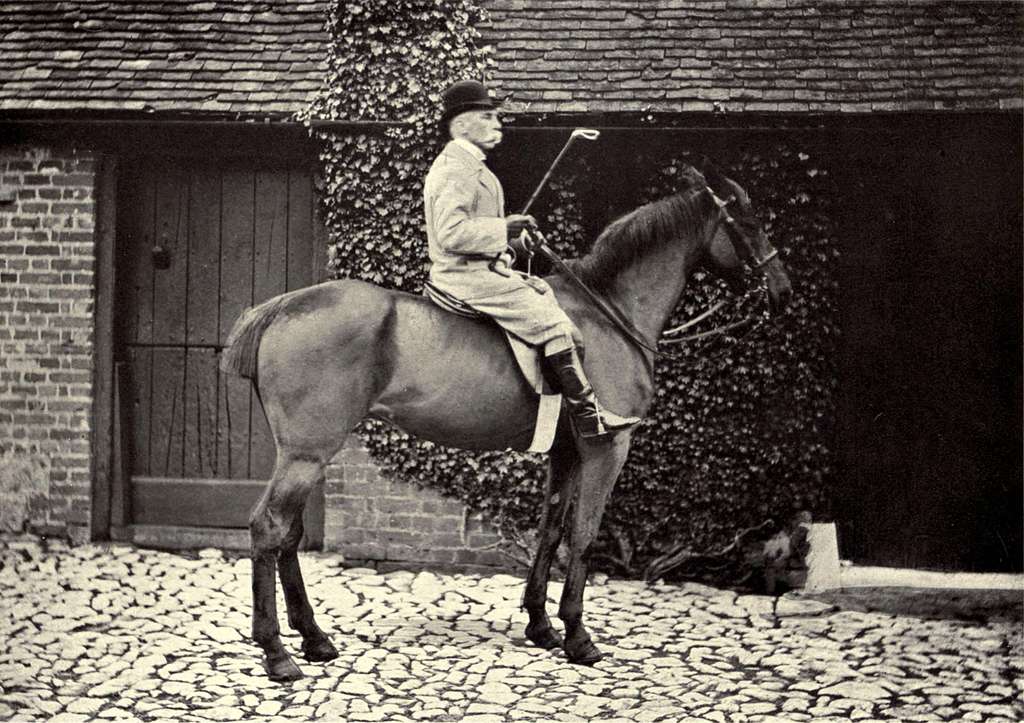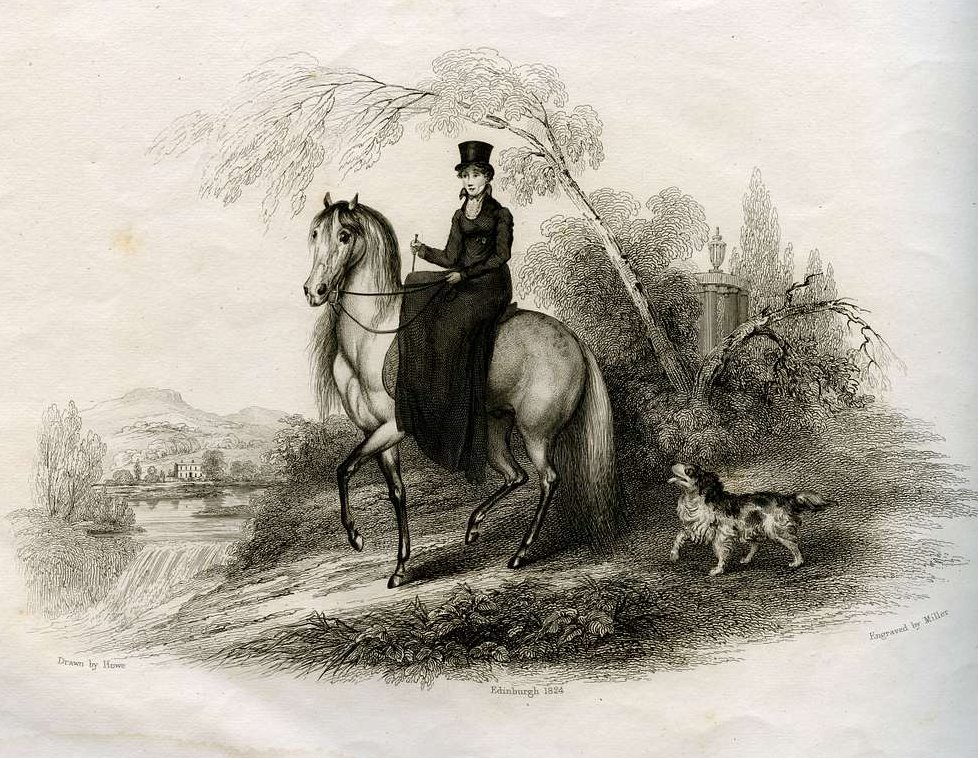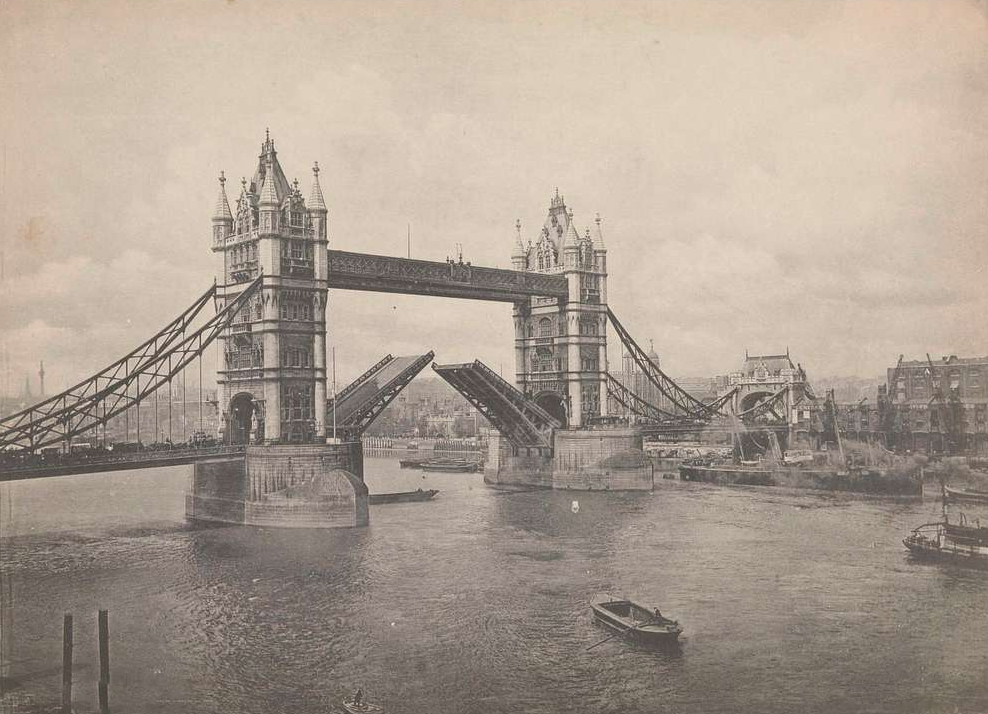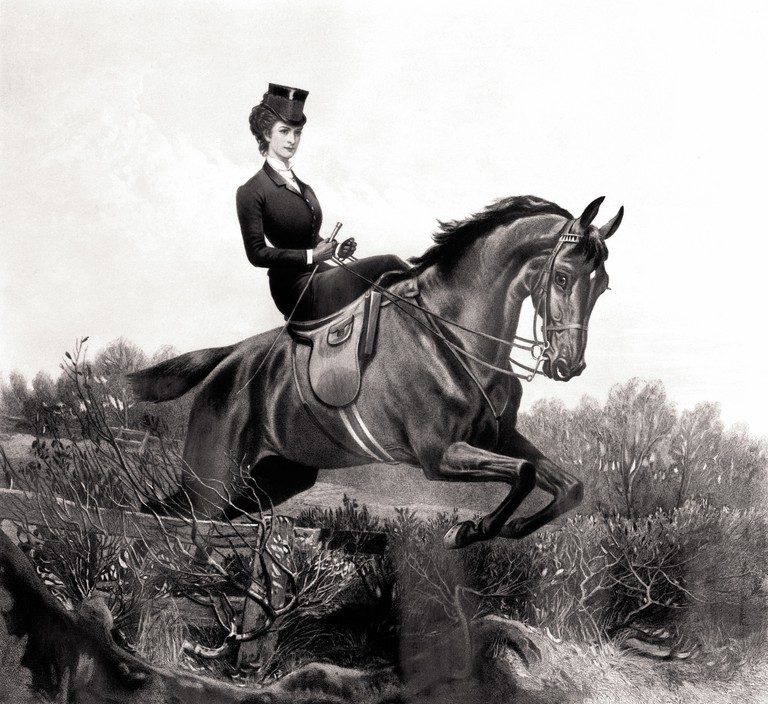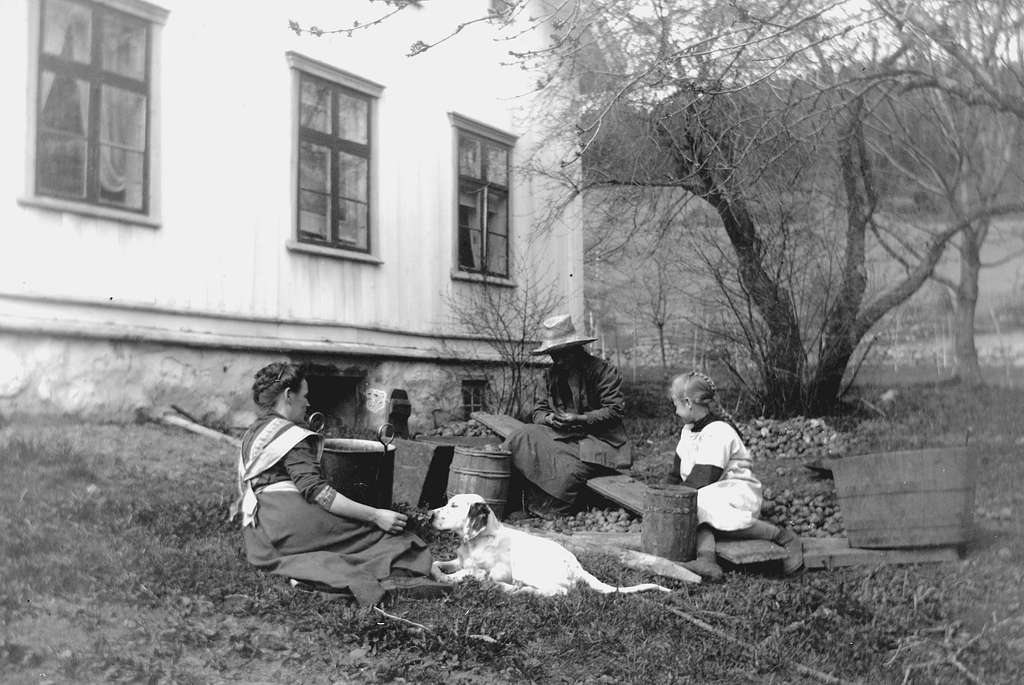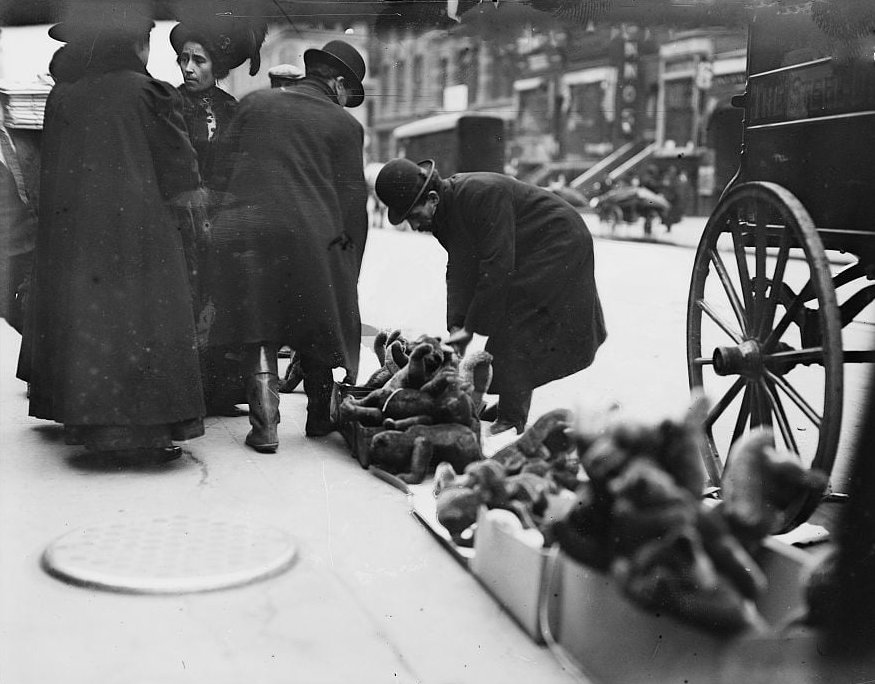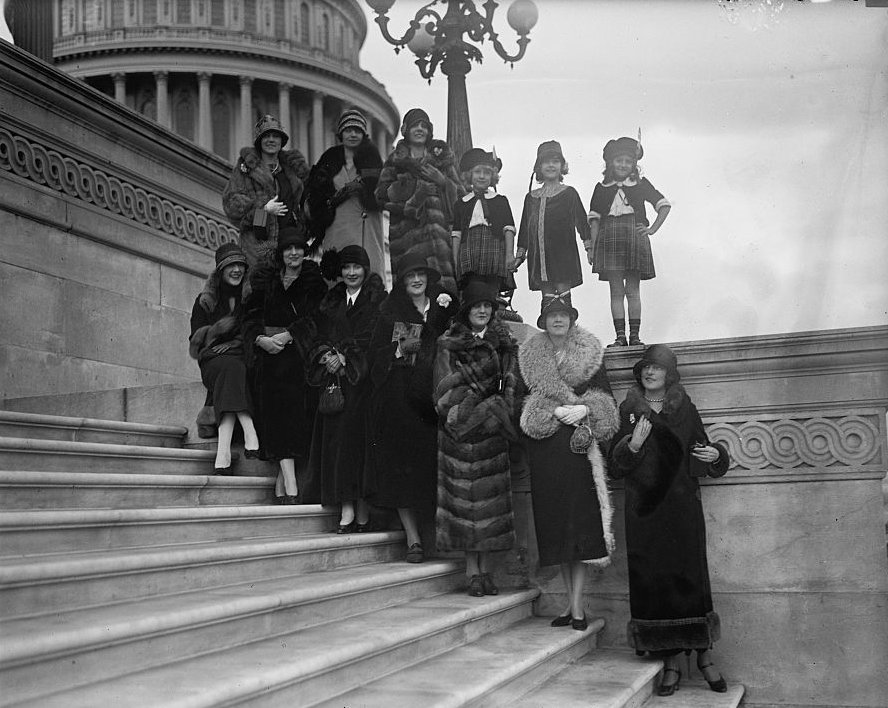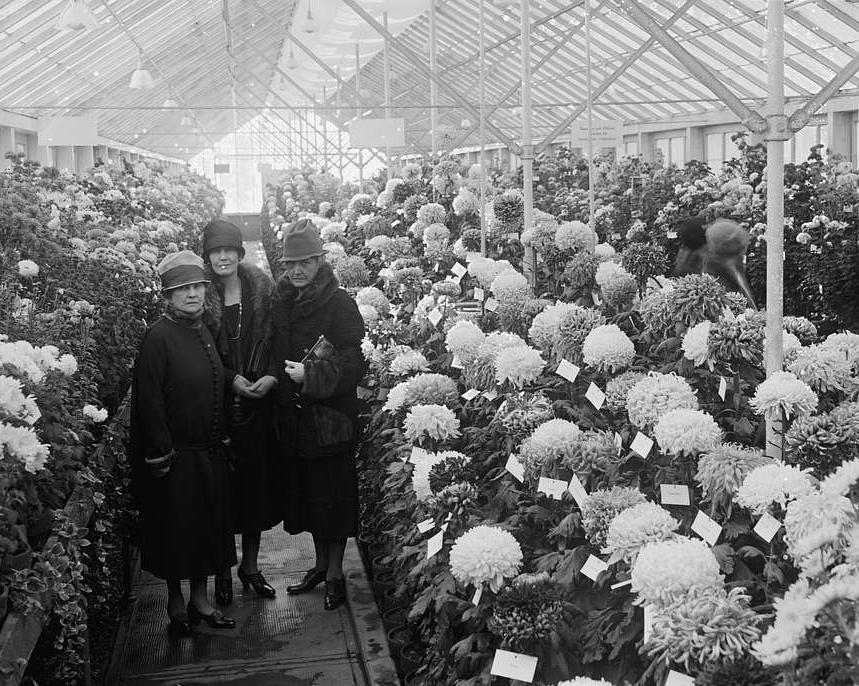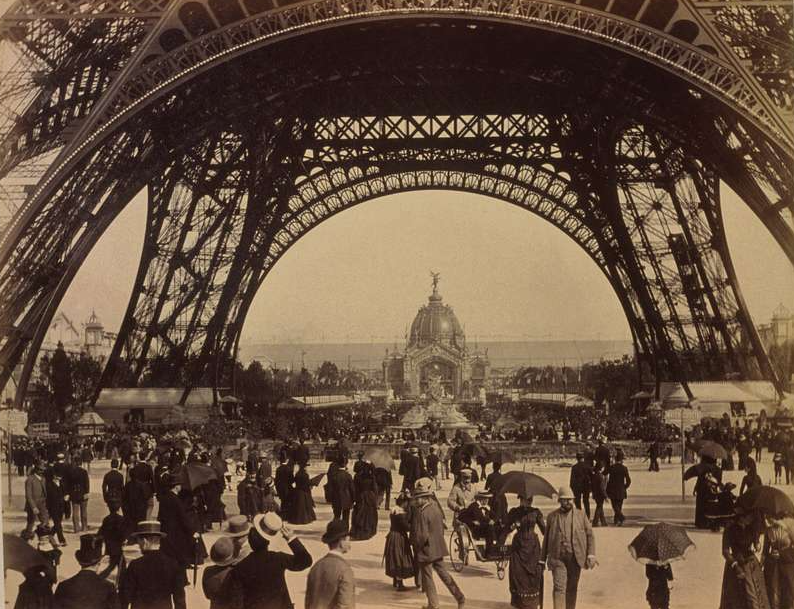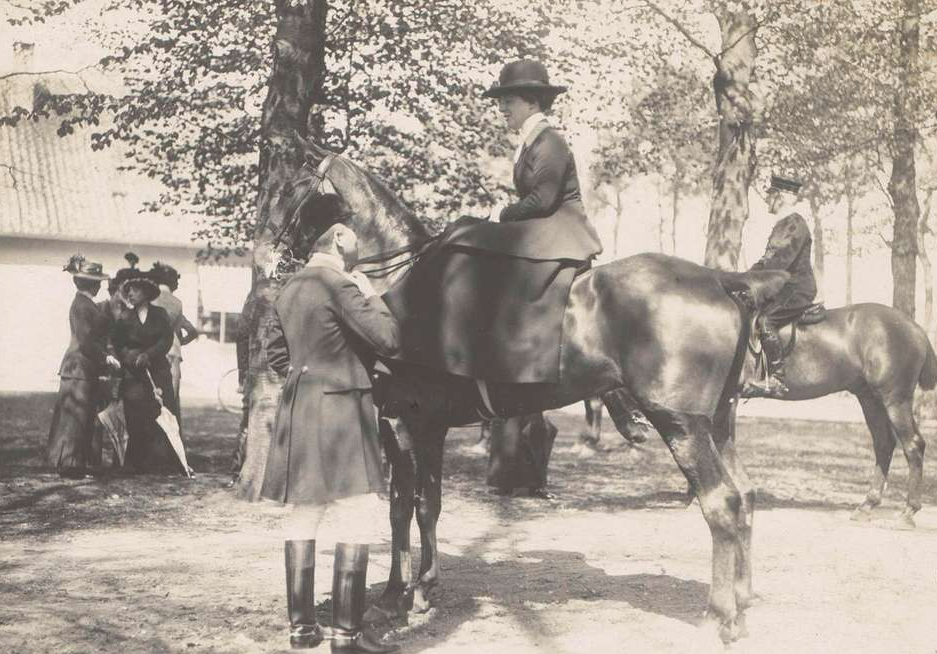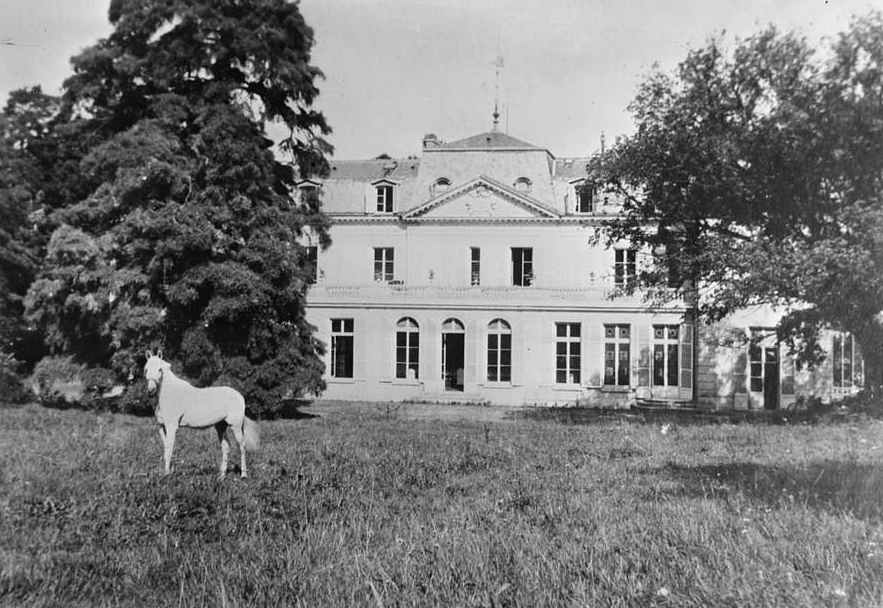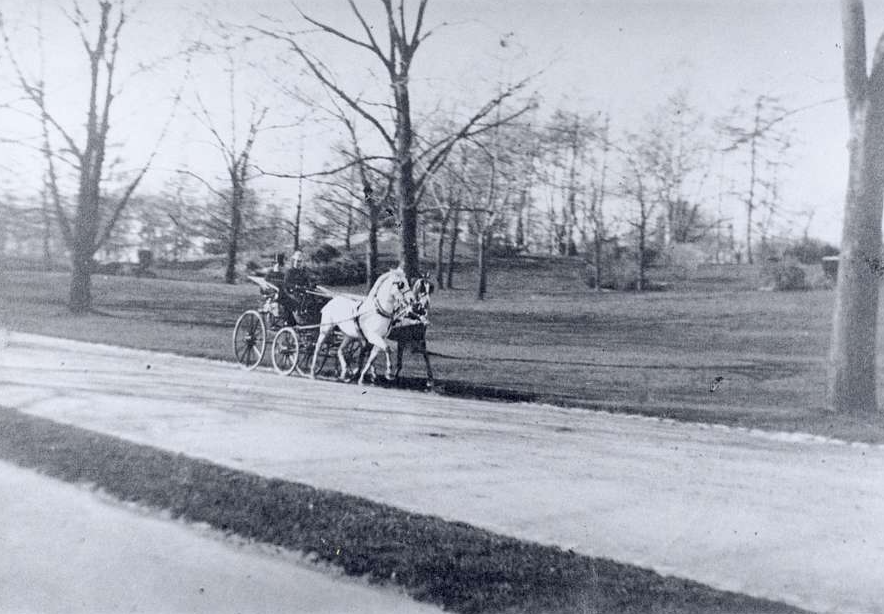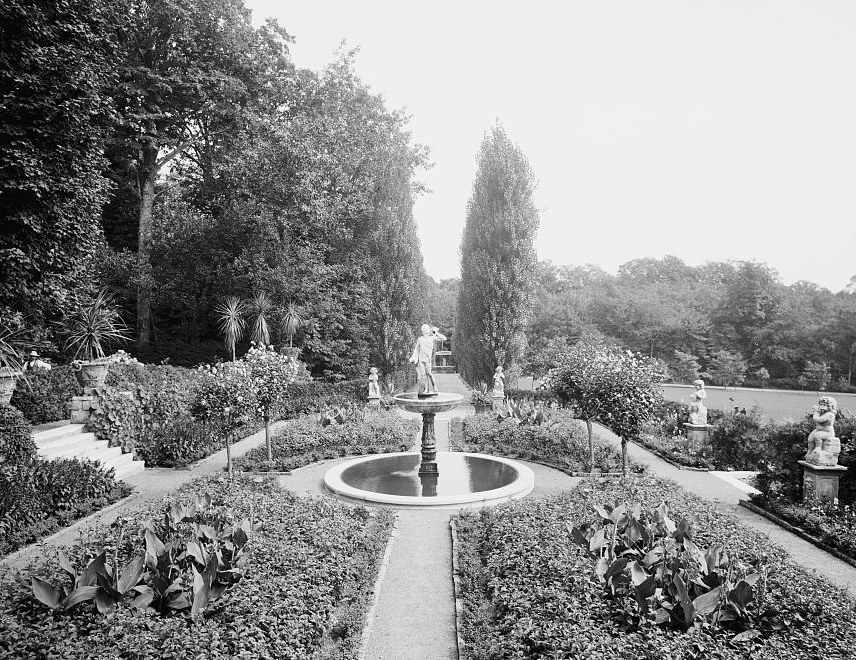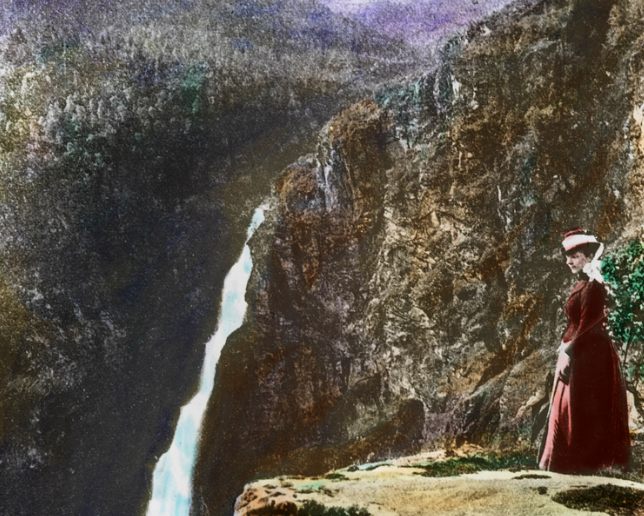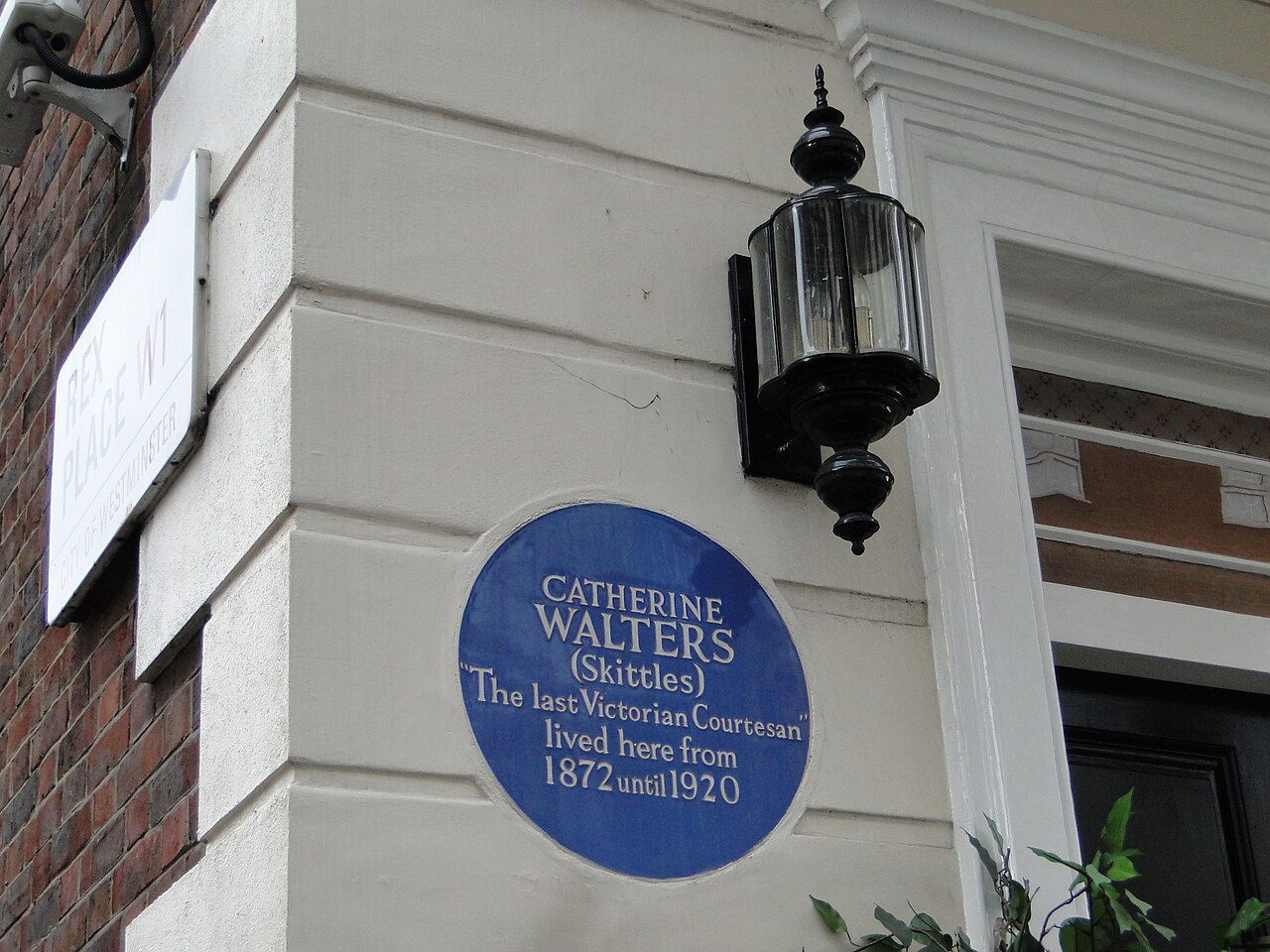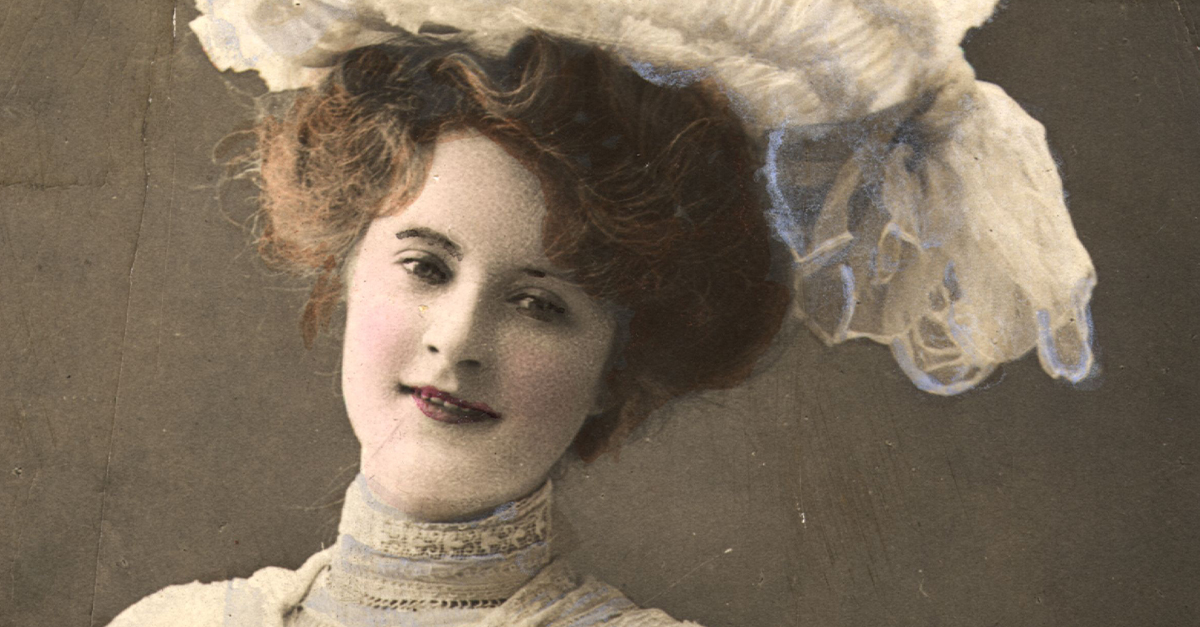Historians consider Catherine Walters, who later became better known as “Skittles," one of the last great courtesans of Victorian London. But there was much more to this complex woman than the men she entangled herself with.
1. She Came From Humble Origins
Walters was born on June 13, 1839, in Toxteth, Liverpool. The third of five children, she grew up in the Liverpool area near the city’s docks where her father worked. Her working-class family was not well-off, residing in a shoddy tenement building. Tragedy undoubtedly marked Catherine’s youth.
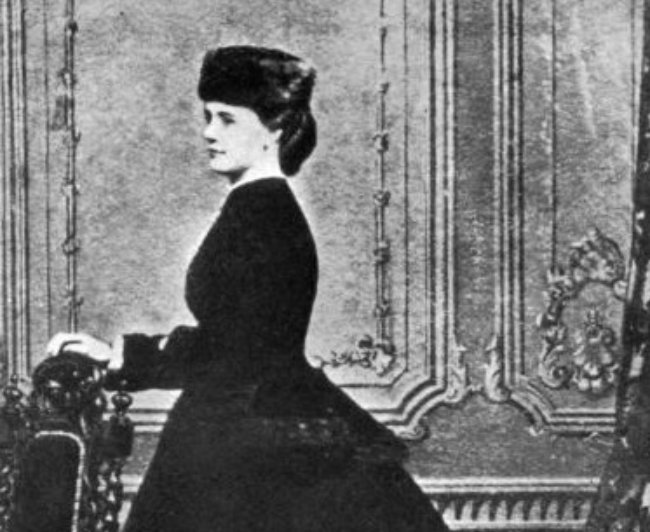 Unknown Artist, Wikimedia Commons
Unknown Artist, Wikimedia Commons
Factinate Video of the Day
2. She Grew Up Motherless
Walters’ mother was Mary Ann Fowler, who had immigrated from Ireland. She gave birth to two more children after Catherine. But sadly, she did not survive to raise her children, dying in childbirth before Catherine was even 12 years old. Her father wasn’t much help.
3. She Had A Bad Father
Walters’ old man was a customs official at the Liverpool city docks and later an innkeeper who seemed more interested in his work than raising his children. He was also an alcoholic. This likely resulted in Catherine’s strong sense of independence at a young age. Indeed, she started working early, and a paycheck wasn’t the only thing she got from her newfound employment.
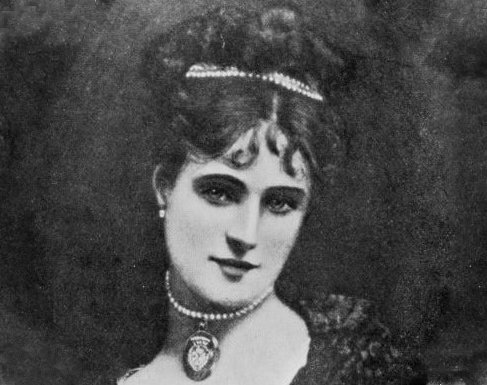 Unknown Artist, Wikimedia Commons
Unknown Artist, Wikimedia Commons
4. She Received A Fun Nickname
Shortly after entering the workforce at age 16, Catherine became known as "Skittles". This nickname would end up sticking with her for the rest of her life and is even how her later wealthy benefactors and the press would refer to her. The charming nickname suited Walters’ fun personality, and it took appropriate inspiration from a game.
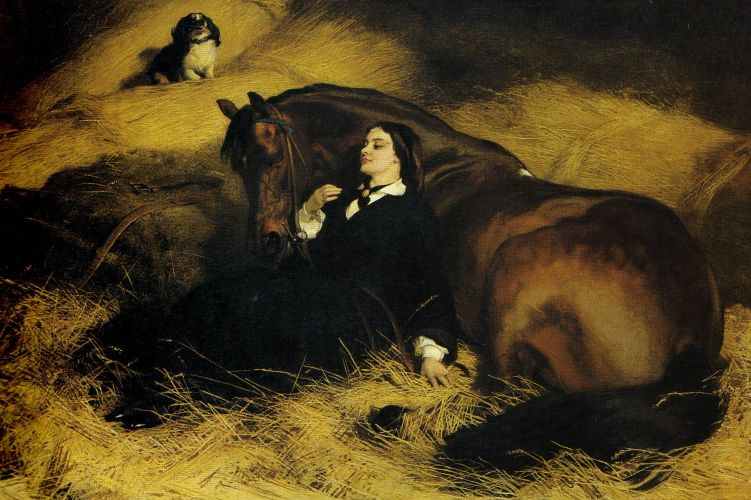 Edwin Landseer, Wikimedia Commons
Edwin Landseer, Wikimedia Commons
5. She Got Her Nickname From Her Place Of Work
The most widely accepted legend for how Walters got her nickname is a simple but fun one. She got a job working at the Black Jack Tavern in Liverpool. The pub had a reputation around town for a unique feature: It had a bowling alley. In those days, however, bowling took its name from the pins a player would attempt to knock over: the skittles.
Thus, Walters got her lifelong name of "Skittles" from her tenure there. She would soon get her lifelong profession there too, and it certainly wasn't waitressing.
6. They Discovered Her Young
While working at the bar, Walters caught the attention of wealthy aristocrat George, Lord Fitzwilliam. Fitzwilliam immediately grew infatuated with the 16-year-old and eventually convinced Walters to allow him to whisk her back home with him to live as his mistress. It was an agreement that would change her life forever.
7. She Got Whisked Away To The Capital
Fitzwilliam brought Walters back to London, his primary place of residence. He set her up in a modest home of her own where he would call on her from time to time. Their relationship didn’t last too long but it was still incredibly lucrative for Walters. After parting ways, Lord Fitzwilliam agreed to settle their affair with a £2,000 one-off payment and a £300 annual pension in exchange for her discretion.
How could he say no to such a pretty face?
8. Her Beauty Was A Matter Of Opinion
Catherine Walers’ looks have been the subject of some debate. Some consider her not to have been a “classic” beauty, with one journalist even going so far as to say she had an “exceedingly plain face”. Still, she is generally thought of as quite pretty in her youth with chestnut hair and blue eyes. But it was not her face that transfixed most of her suitors.
9. Her Figure Was Legendary
While opinions differed on Walters' beauty above the neck, it was her body that attracted near-universal attention from men. Described as having a “perfect figure," Walters possessed an 18-inch waist. She would lean into this asset by wearing figure-hugging clothing and this gained her many courters over the years. But her personality attracted many too.
10. Her Character Shone Bright
Walters’ lovers also appreciated her for her warm personality. One regular romantic partner, diarist and Member of Parliament Henry Labouchère, gushed about her in his diary, saying she had “the most capricious heart I know and must be the only whore in history to retain her heart intact”. Walters fit the stereotype of possessing a “heart of gold”—and it earned her a very impressive list of liaisons.

History's most fascinating stories and darkest secrets, delivered to your inbox daily.
11. Her Lover List Was Varied
Rumors abound around all the lovers Walters took over her lifetime. Not every name has surfaced, but most of her benefactors came from areas of the upper classes. The known list includes prominent aristocrats, political leaders, notable intellectuals, and even a member of the British Royal Family. Some of these men would have more influence on the direction of her life than others.
12. She Got Entangled With A Married Man
In the early 1860s, Catherine Walters became the mistress of Spencer Cavendish, Marquess of Hartington and the future eighth Duke of Devonshire. She was just 19 years old and the already-married Marquess, known as Harty-Tarty, ordained himself her “protector”. Their affair would last four years, and Walters benefitted greatly from it in life-altering ways.
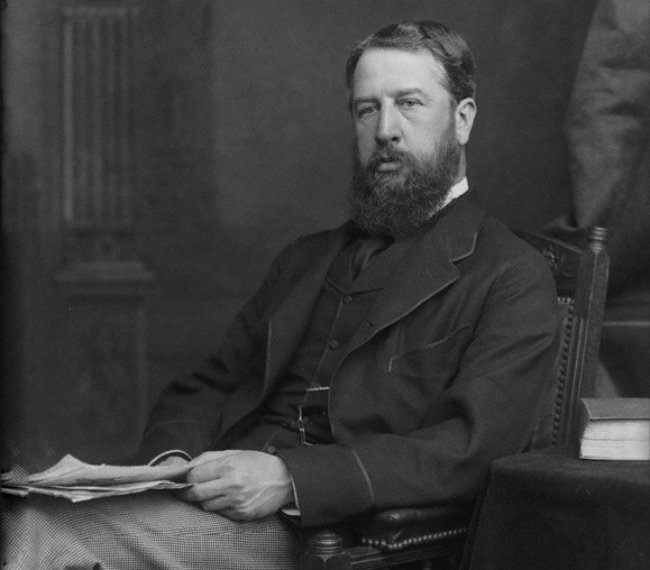 Alexander Bassano, Wikimedia Commons
Alexander Bassano, Wikimedia Commons
13. A Duke Spoiled Her
Cavendish gave Walters a generous allowance with which to cover her expenses and set her up in a lavish townhouse in Mayfair. The grounds of the house included a stable with a team of thoroughbred horses. It was the latter bestowment that would come to define her public persona in London.
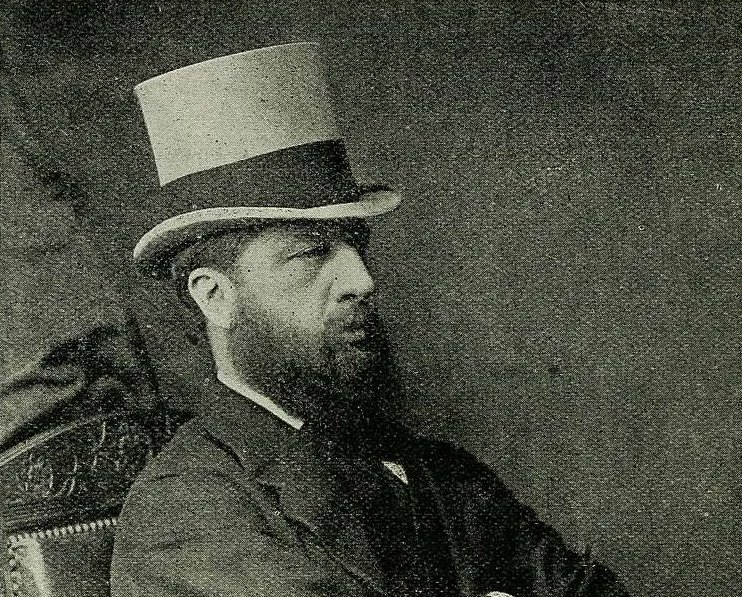 Duke University Libraries, Picryl
Duke University Libraries, Picryl
14. She Had A Special Talent
Outside of her private life as a courtesan, Walters became known widely as an exceptionally talented equestrienne. Indeed, she became renowned as much for her horsemanship as she was for her physical attractiveness. Her accomplishments gained her a reputation even beyond Britain’s capital.
15. She Drew Huge Audiences
Walters gained fame for exercising thoroughbred horses as a “horse breaker” on Rotten Row in Hyde Park, London. Such was her notoriety that she became a tourist attraction, and crowds of sightseers would flock to the park to watch her riding. This gained her massive influence.
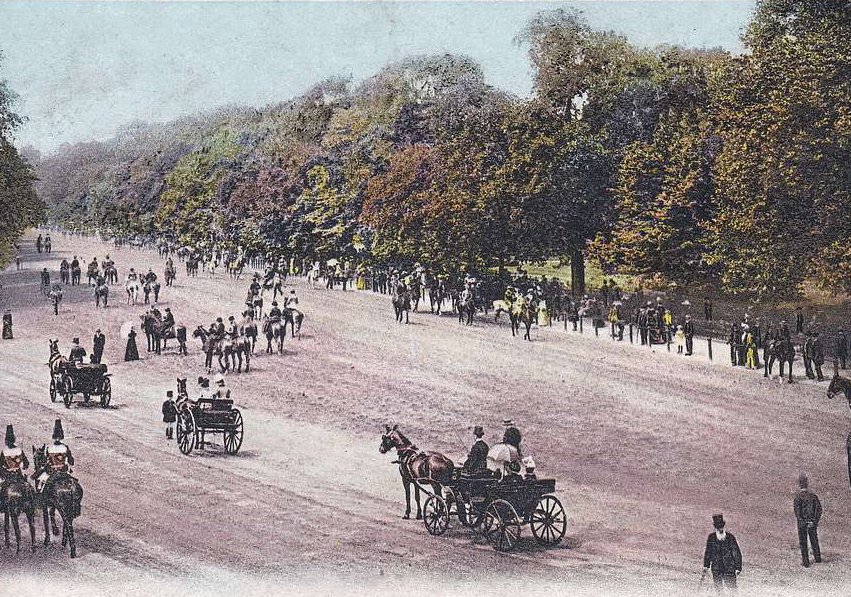 Collection personnelle, Pycril
Collection personnelle, Pycril
16. She Influenced Horse Riding
Walters’ unmatched skills on a horse inspired many aristocratic ladies to imitate her riding style. She became known as a trendsetter in the field of horsemanship. Her competency in the saddle only grew as a spectacle to behold.
17. She Electrified Crowds
A letter written to The Times in July 1862 illustrated the ecstatic atmosphere that Walters’ talent would inspire at riding events: "She threads her way dexterously, with an unconscious air, through the throng, commented upon by the hundreds who admire and the hundreds who envy her".
18. She Was The Star Of The Show
Performing under the name Anonyma, Walters would speed around in a carriage drawn by handsome ponies, leaving other participants in the dust. Dozens would gather around her carriage after the event to congratulate her and she would graciously accept their praise in her signature pork pie hat. Her clothing was nearly as legendary as her riding.
19. She Was A Loyal Customer
Walters got all her riding habits from a famous London tailor, Henry Poole & Co. She made so many orders that ledgers recording her purchases alone amounted to over 40 pages. Walters preferred her pieces to be made with black beaver fur, lined in silk, with velvet collars. Her riding habits were as trendsetting as her riding skills. But no one wore their habits quite like Walters.
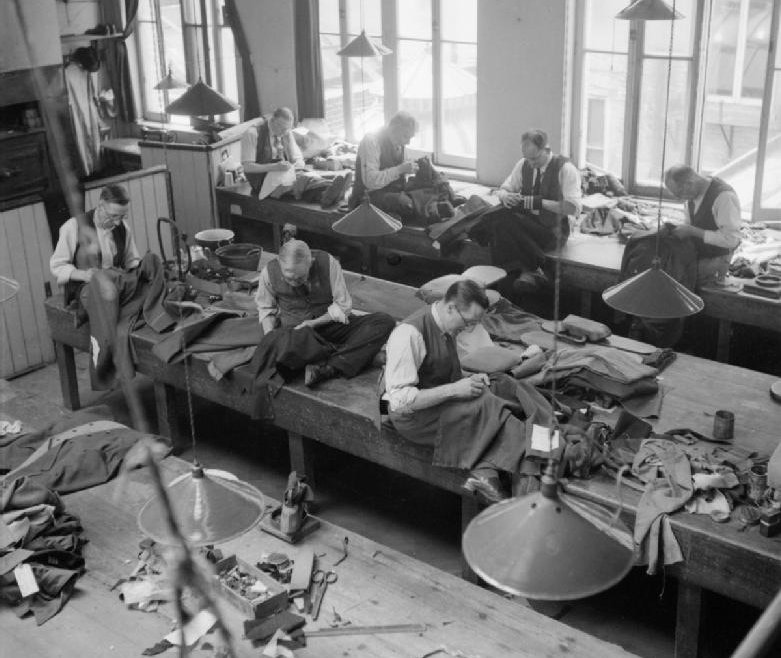 Ministry of Information, Wikimedia Commons
Ministry of Information, Wikimedia Commons
20. She Dressed Enticingly
Walters’ riding habits were infamously tight-fitting, showing off her legendary figure. There were rumors that she achieved such a dramatic fit by having her tailor sew her into her habits. There were also whispers that she didn’t wear any undergarments beneath them, no doubt increasing her appeal among her male fans. But her time as a popular spectacle would not last forever.
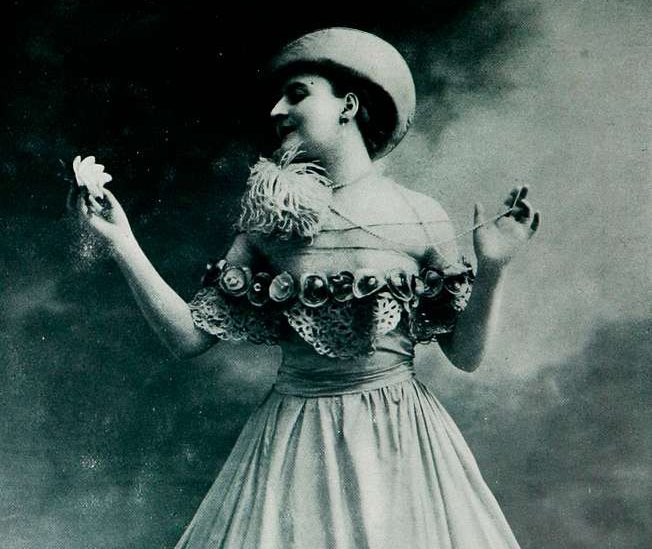 National Library of France, Picryl
National Library of France, Picryl
21. She Got Set Up For Life
Walters began to grow weary of London for a number of reasons. Her infamy brought her some grief from some of the aristocratic ladies who scorned her publicly. Additionally, her relationship with Cavendish had come to an end. This was not a financial burden to Walters, however.
On the contrary, Lord Hartington agreed to pay her £2,000 annually to keep their affair under wraps. This set her up financially for life–even beyond his.
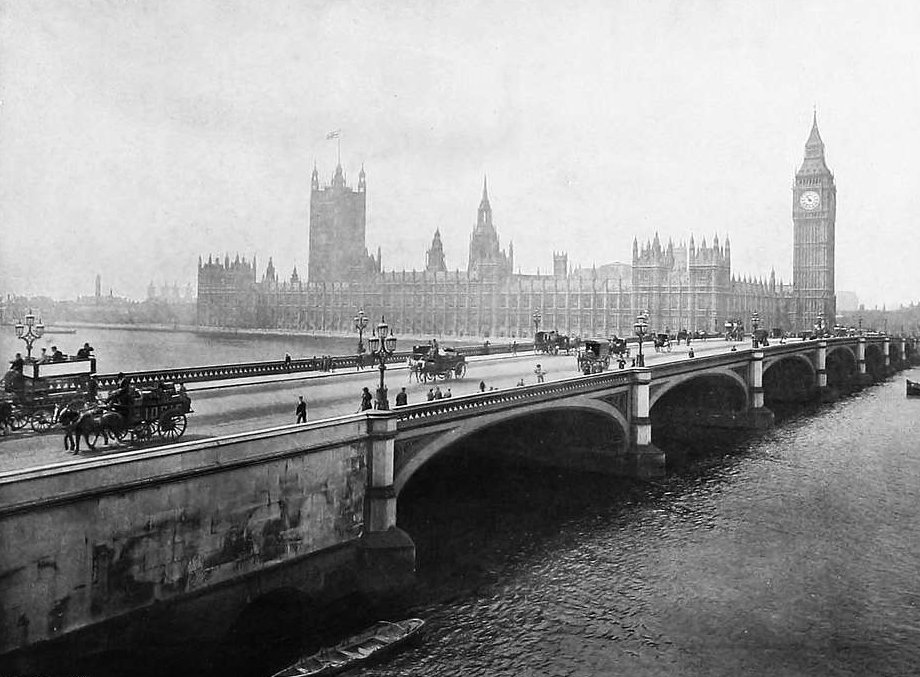 The Queen's Empire. Volume 1, Picryl
The Queen's Empire. Volume 1, Picryl
22. She Received Payment From Beyond The Grave
Amazingly, even after the now-Duke Cavendish passed away in 1908, his family continued to pay Walters her yearly £2,000 sum. This was likely due to the Duke obscuring the transaction under a false pretense in his ledgers. With her finances secured and her disdain for London reaching a fever pitch, Walters set out to unburden herself of her possessions.
23. She Sold Everything She Owned
With the intention of traveling abroad, Walters sold the lease of her London home. She then auctioned every piece of furniture and decoration in the house to secure some extra cash for her journey. With this taken care of, she just needed to secure a travel companion.
24. She Eloped To The USA
While he was visiting London, Aubrey de Vere Beauclerk of Ardglass Castle in County Down, Ireland, became acquainted with Walters and immediately grew smitten with her. There was only one problem: He had a wife. Expressing her intentions to travel, the couple eloped to New York City together.
She would only end up staying in the city—and in the relationship—for around a year, however. But Walters sought to relocate somewhere a little more befitting of her sultry personality.
25. She Moved To Europe
Walters up and left New York and headed for Paris. Here, she added another notch to her impressive belt of important men, coming under the patronage of Achille Fould. Fould was the finance minister for the then-reigning Emperor, Napoléon III. But liaisons with important men were not all she pursued in the City of Light.
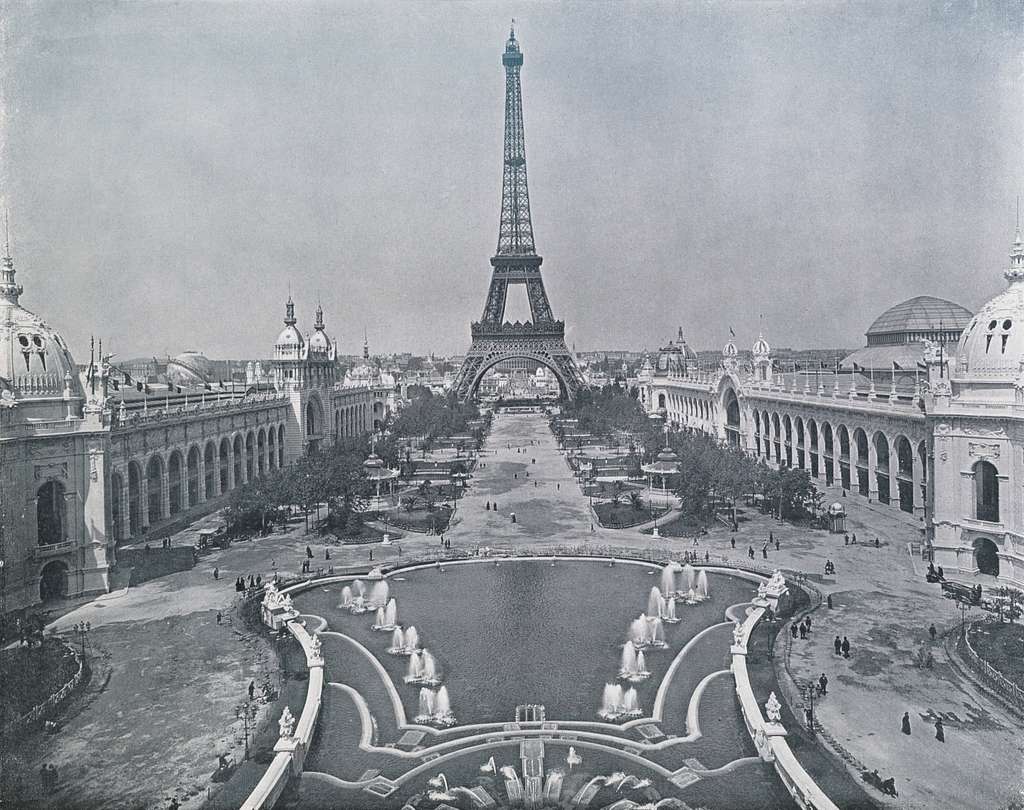 Brown University Library, Picryl
Brown University Library, Picryl
26. She Opened A Business
Seemingly struck by an entrepreneurial spirit, Walters decided to open a salon in Paris. Not much information has surfaced about it but as it remained open during her entire stint in the French capital, it was likely reasonably successful. As was the case anywhere she went, Walters quickly developed a notable reputation in Paris as well.
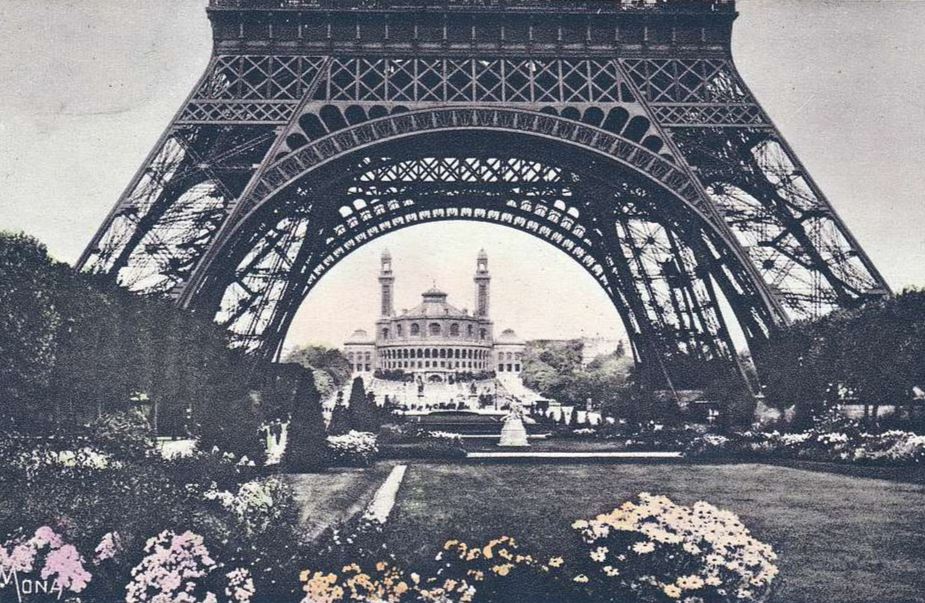 Collection personnelle, Picryl
Collection personnelle, Picryl
27. She Was A Spectacle In The Streets
Not letting her talents with horses go to waste, Walters gained infamy among Parisians for driving her own carriage through the streets. Pulled by two thoroughbreds, one could often see her trundling down the Bois de Boulogne, accompanied by two grooms. Many marveled at the sight, and Walters made sure her skills only improved.
28. She Stayed In Practice
Walters ended up staying in Paris for 10 years, only returning to Britain on occasion to take part in the hunting season in Leicestershire. During her time abroad, she continued to hone her skills as a horsewoman and her impressive reputation as such only grew. But not everyone in Paris got on her good side.
29. She Brought A Publisher To Court
Records show that Walters sued a publisher, M Faure, while she was living in Paris. He was about to release a book called Mémoires d'une Biche Anglaise, an illegitimate biography of Walters herself. The book cover featured a portrait of her. Fearing the attention it would draw towards her and her secret lovers in the local gossip columns, she sought legal action against Faure.
Before the case went to court, the two agreed to a settlement and the publisher destroyed the remaining copies of the book. Her luck with literary men was not all bad, however.
30. She Attracted A Poet
While in Paris, Walters met the English poet Wilfrid Scawen Blunt. The two began a brief affair that resulted in Blunt’s infatuation with her for the rest of his life. She allegedly inspired many of his poems thereafter. It was not the only literature she would inspire.
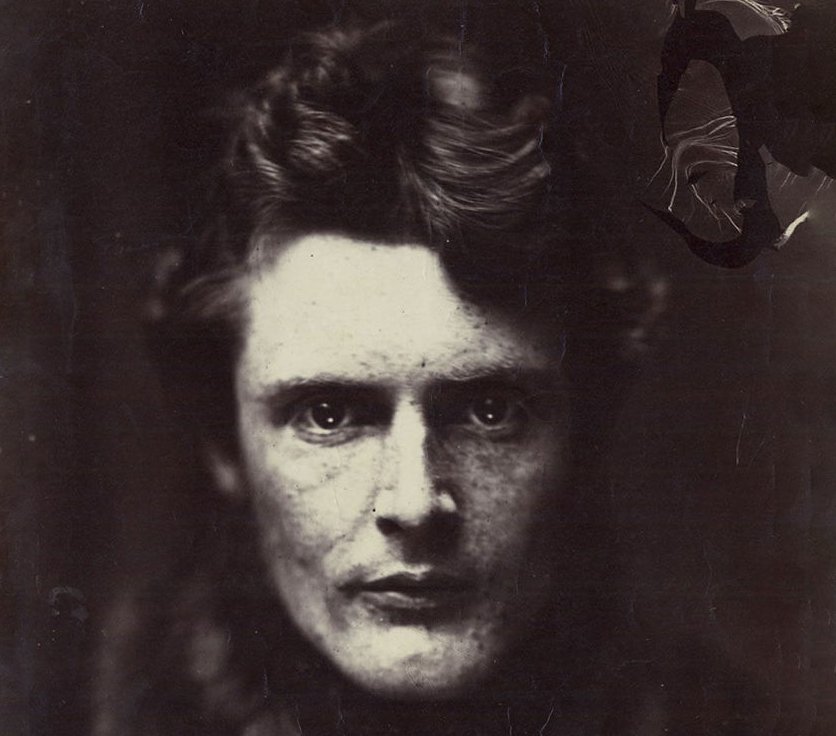 British Library, Wikimedia Commons
British Library, Wikimedia Commons
31. She Was The Subject Of Fiction
In 1864 while she was still in Paris, London-based publisher, George Vickers, put out not one but three fictionalized biographies about Walters. These were less obviously about her than the one threatened by the French publisher, likely explaining why Walters did not dispute their release. Published anonymously, the books caused something of a splash.
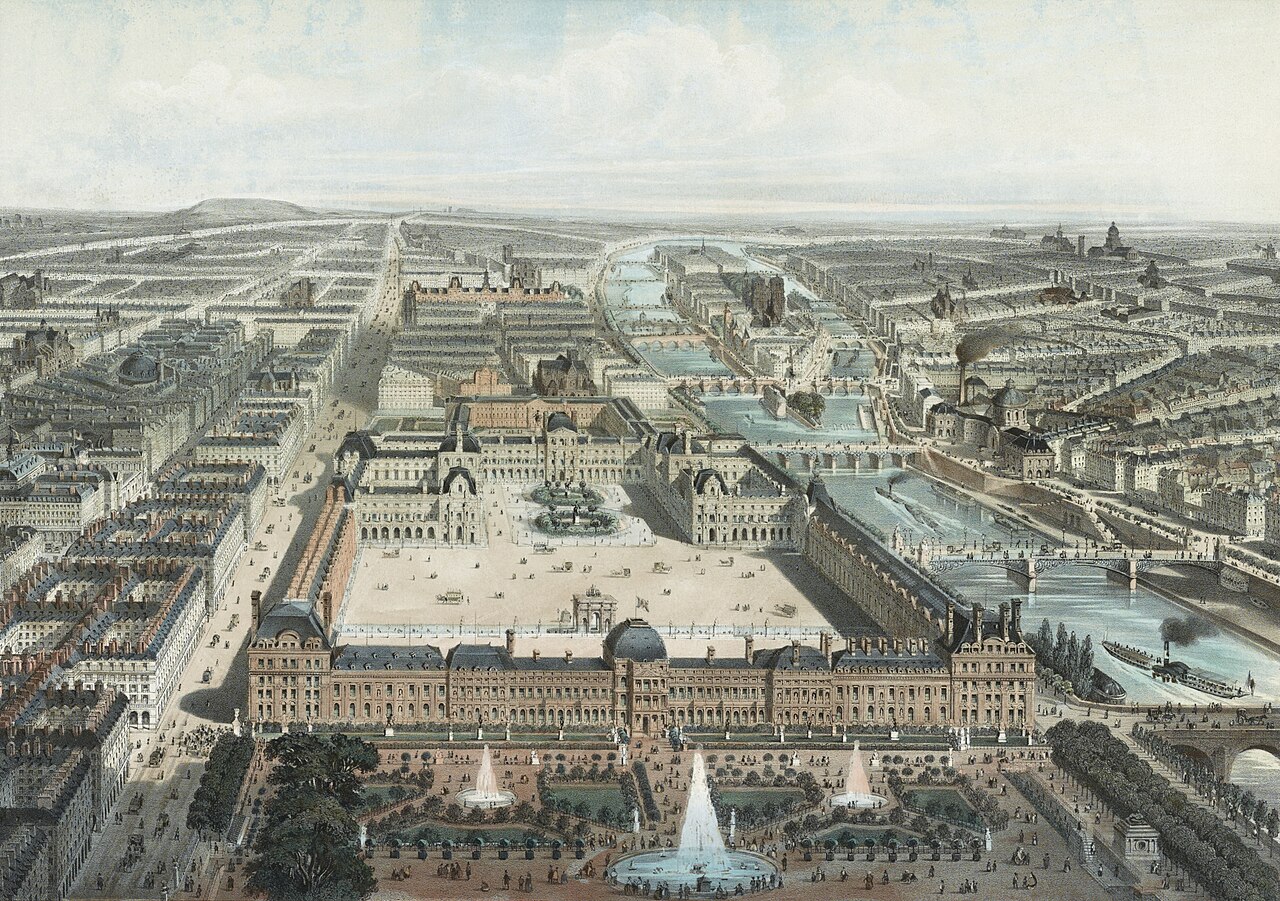 Charles Fichot, Wikimedia Commons
Charles Fichot, Wikimedia Commons
32. Her Story Was Controversial
The likely author of the fictionalized books about Walters was a man named William Stephens Hayward. The raunchy content of the novels caused a moral concern amongst the conservative literary critic clique, with one reviewer concluding that “no respectable bookseller would like his daughter to read [them]... and no man who values his repute should suffer them to disgrace his shop".
But despite the controversy, Walters continued to play the muse for many.
33. Her Reputation Inspired Poetry
Alfred Austin, a future Poet Laureate, mentioned Walters by name in his 1861 poem "The Season: A Satire," a poem poking fun at aristocratic society and the social mores of the mid-Victorian era. Austin waxed about Walters’ dramatic horse riding shows at Hyde Park and the awe it inspired in audiences. The poem illustrated other reactions she inspired too.
34. Rich Women Resented Her
Austin’s poem also touched on the prevailing mood among society ladies toward Walters, who were well aware of how she made her living. Not only did Austin imply that Walters inspired jealousy among the well-to-do women, but they also seemed to feel a curious interest and fascination with her life. The men had something of a different opinion.
35. She Was Not Uptight
"The Season: A Satire" also heavily hinted at the reasons she and other celebrity night workers of her ilk attracted men, and it was not just their bodies or services. “Well-bred” society girls seemed incredibly repressed and boring in comparison to Walters’ more natural social manners and free-spiritedness, which men found irresistible.
Ironically, it was the social structures and expectations created by these men that created the stiff, uptight women they married in the first place. But Walters’ charms served her well all the same, wherever she went. And she was soon ready to move again.
36. She Returned Home
In 1872, after 10 years in Paris, Walters finally returned to London where she would live out the rest of her days. After her success in the French capital, she decided to once again open a salon in her native capital city. Now at the ripe old age of 33, Walters' primary profession didn’t slow down at all. And her contact list grew more impressive still.
37. She Had A Royal Affair
Upon returning to London, Walters linked up with a new gentleman caller whose status put her previous partners to shame. She began a relationship with none other than the Prince of Wales–who would later go on to ascend to the throne as King Edward VII. But the power dynamics between the two were not as you’d expect.
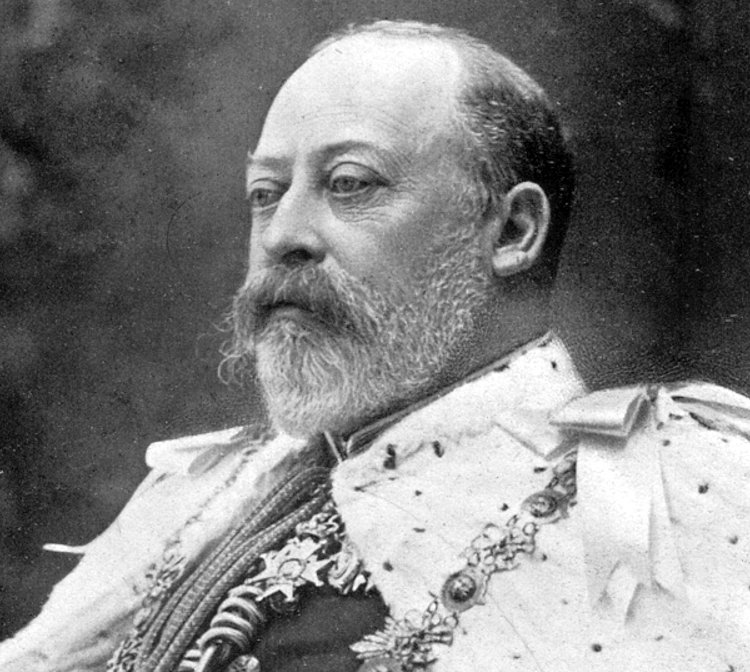 W. & D. Downey, Wikimedia Commons
W. & D. Downey, Wikimedia Commons
38. The Prince Had An Obsession With Her
Despite his status, the Prince of Wales found himself completely infatuated with Walters. By the end of their relationship (after which she received yet another generous lifetime annuity), Edward had written her around 300 love letters. Due to her signature discretion, she classily agreed to return all 300 to him—and he was utterly grateful for this gesture.
Many loved Walters, but there was one unlikely man who caught her affection.
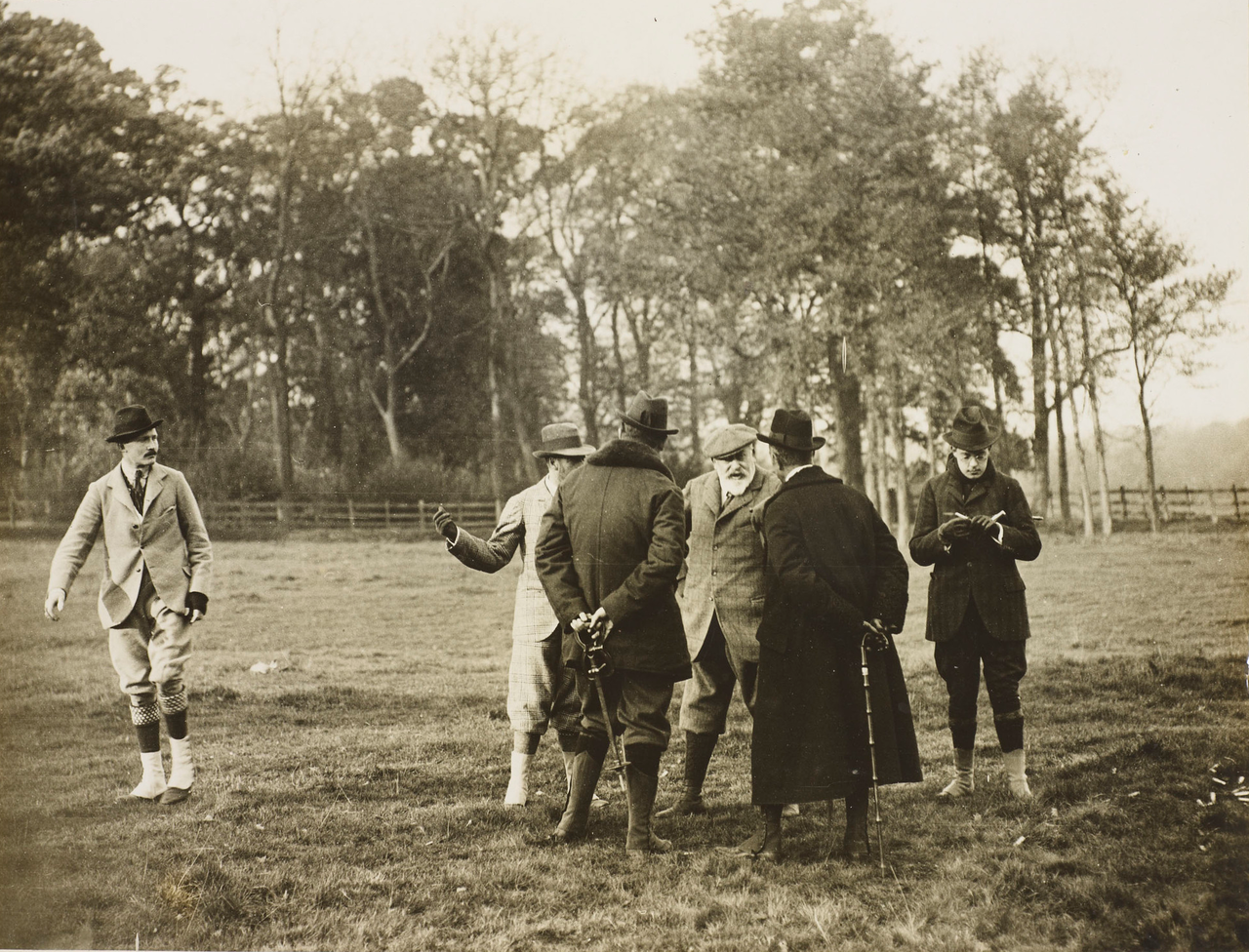 Royal Collection, Wikimedia Commons
Royal Collection, Wikimedia Commons
39. She Fell In Love With A Younger Man
Walters met the Honorable Gerald Saumerez in 1879 and fell passionately in love with him. They started a sometimes-romantic-sometimes-platonic relationship that would last the rest of her life. But in true Walters fashion, there was nothing conventional about their partnership: When they met, for example, she was 40 years old, and he was only 19 and still a student at Eton. It didn’t stop her feelings from growing.
40. She Only Loved One
The young Saumerez was allegedly the only man that Walters ever loved. A constant presence in her life from the moment she met him, Walters even left her entire estate to Saumerez upon her demise. He was lucky she had some money left to leave.
41. She Got Sued Over A Bill
Though she'd brought a lawsuit against a publisher a decade previously, in 1873, Catherine Walters ended up being on the receiving end of one. A tailor sued her over a dispute involving her bill. Messrs Creed and Evans, a tailor specializing in riding habits, sued to recover costs they claimed Walters owed them after she and her sister had disagreed with the prices charged.
The sisters, through the lens of our modern values, may have had a point.
42. She Fought Sexism
The reason Walters had kicked up a fuss with the tailors was because of a previously lower charge for similar habits; she argued that the goods in question were not worth the cost. The tailors countered with an argument that would not hold water today. They claimed the garments were hand-sewn by men, implying male labor was worth more than woman's.
Reflecting the backward attitudes of the time, the jury found in favor of the tailors. Walters’ reputation, fortunately, remained untarnished.
43. She Was The Last Of Her Kind
Walters has gained a reputation historically as one of the last great courtesans of Victorian London. Courtesans were ladies of the night who were considered more courtly or wealthy than a “common” escort. Walters worked hard to earn her positive reputation.
44. She Was Tactful
We can attribute Walters’ long list of notable and upper-class lovers to her policies around the nature of these relationships. She became widely known for her discretion and loyalty, a reputation that ensured the many large annuities she received upon ending her flings.
Adulterous men could rely on her to never reveal their affair nor to seek to blackmail them, as illustrated by her returning King Edward VII’s many love letters. It was these habits alone that made her a very rich woman.
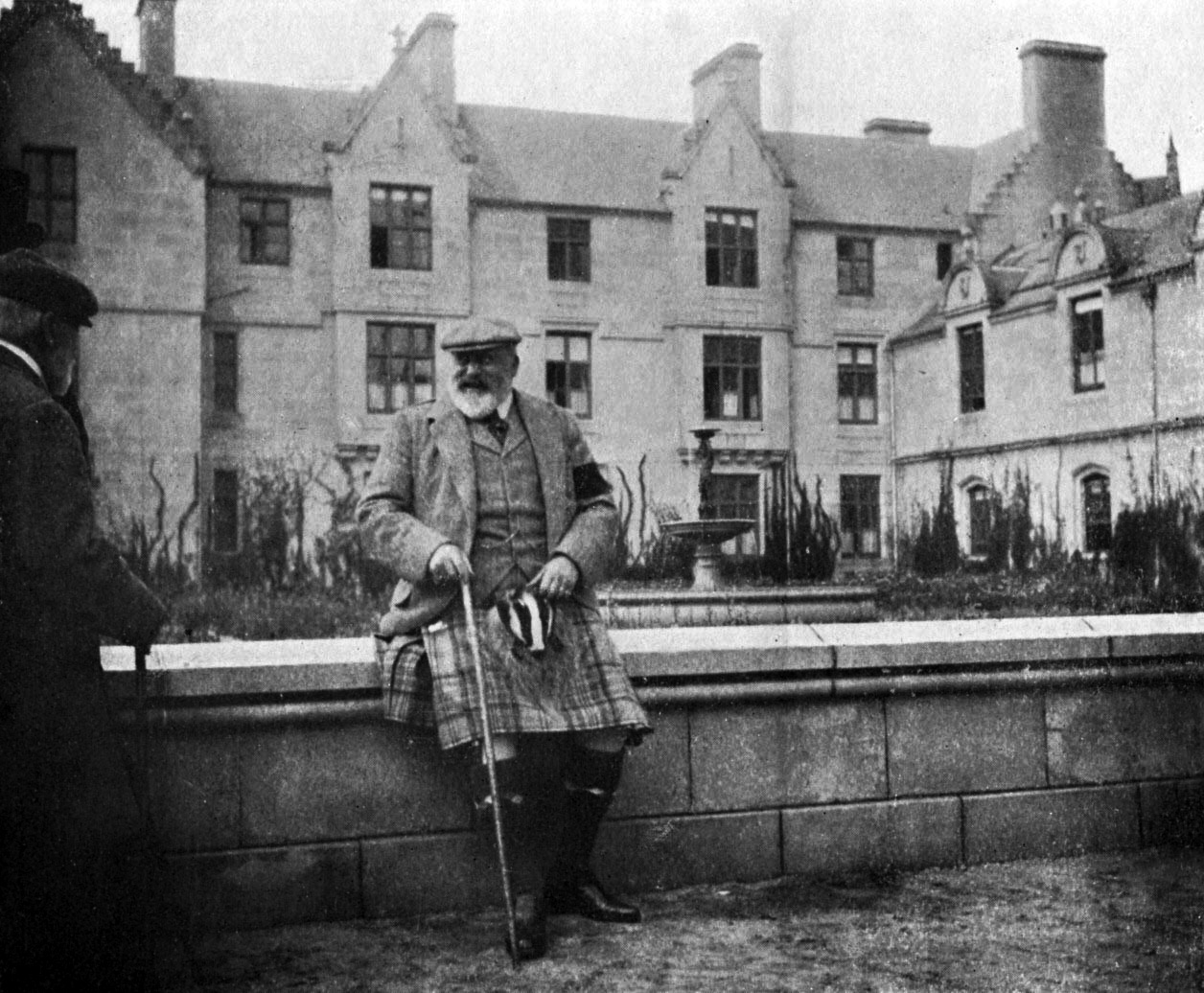 Unknown Artist, Wikimedia Commons
Unknown Artist, Wikimedia Commons
45. She Cashed Out
Walters officially retired from life as a courtesan in 1890 at the age of 51, and due to her many acquired annuities and gifts from rich men, retired very wealthy indeed. Never one to want to simply sit relaxing on a beach, she decided to open two hotels to which she could dedicate her newfound free time: one in England and one in France.
As she aged, her life took something of a downturn.
46. Her Health Deteriorated
Walters lived a full, wild, and interesting life, but this began to take a toll on her body by the early 1900s. Now entering her final chapter, she was going deaf, nearly blind, and confined to a wheelchair due to arthritis. Her withering away was a tragic footnote to her once energetic and vivacious life.
47. She Was Comfortable
Still, considering her humble origins, Walters had done well for herself and was almost certainly under much better care than her peers from her youth. She spent the remainder of her days in her South Street home in Mayfair with a servant caring for her every beck and call.
48. She Lived A Full Life
On August 5, 1920, Walters passed away in her home from a cerebral hemorrhage. Having lived to the ripe old age of 81, she had met countless impressive people and experienced life far beyond what anyone from Toxteth in Liverpool, where she began her life, had any right to expect. And her personality, which remained magnetic to the end, ensured that she didn’t perish alone.
49. She Died With Her Love
The love of her life, Gerald Saumerez, had been pushing her in her wheelchair when Walters had her fatal stroke. She did not pass for two days after suffering the hemorrhage, and the entire time, Saumerez remained by her side, loving her until the end. His dedication made him a worthy benefactor of her impressive estate.
50. She Was Worth A Lot
Catherine Walters had accumulated much wealth over her exciting lifetime, from her annuities from important men to her very successful salons and hotels. At the time of her passing, her estate was worth over £2,750, a staggering amount of money for the time and for someone of her origins. Her life would be memorialized at the site of her passing.
51. Her Home Has Immortalized Her
To this day, at 15 South Street where Walters drew her last breath, a royal blue plaque is affixed to the property in her honor. The plaque reads, “Catherine Walters (Skittles), 'The last Victorian Courtesan,' lived here from 1872 until 1820”. Considering her profession and the conservative attitudes of her time, it is a surprising, though undeniably fitting, tribute to an impressive woman who knew how to live life to the fullest.

